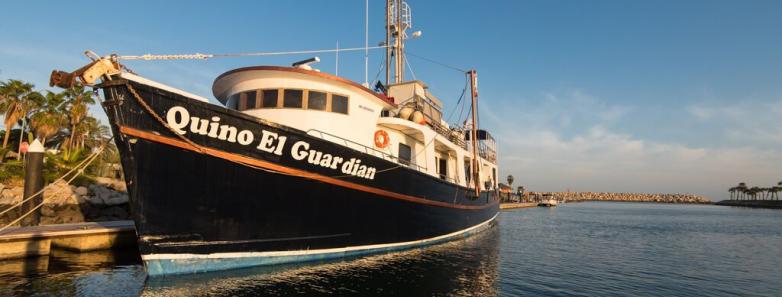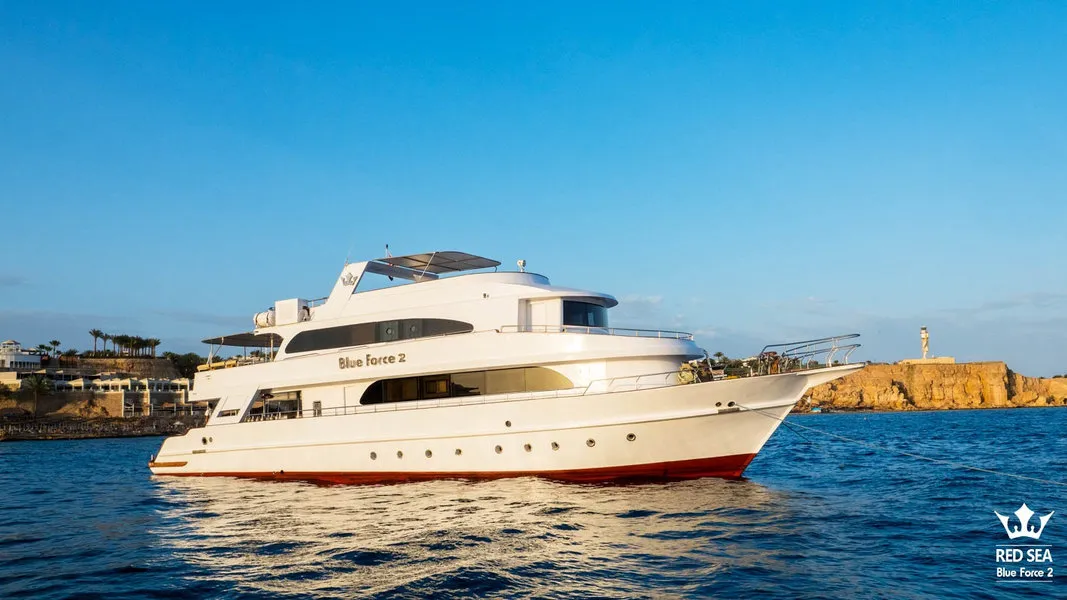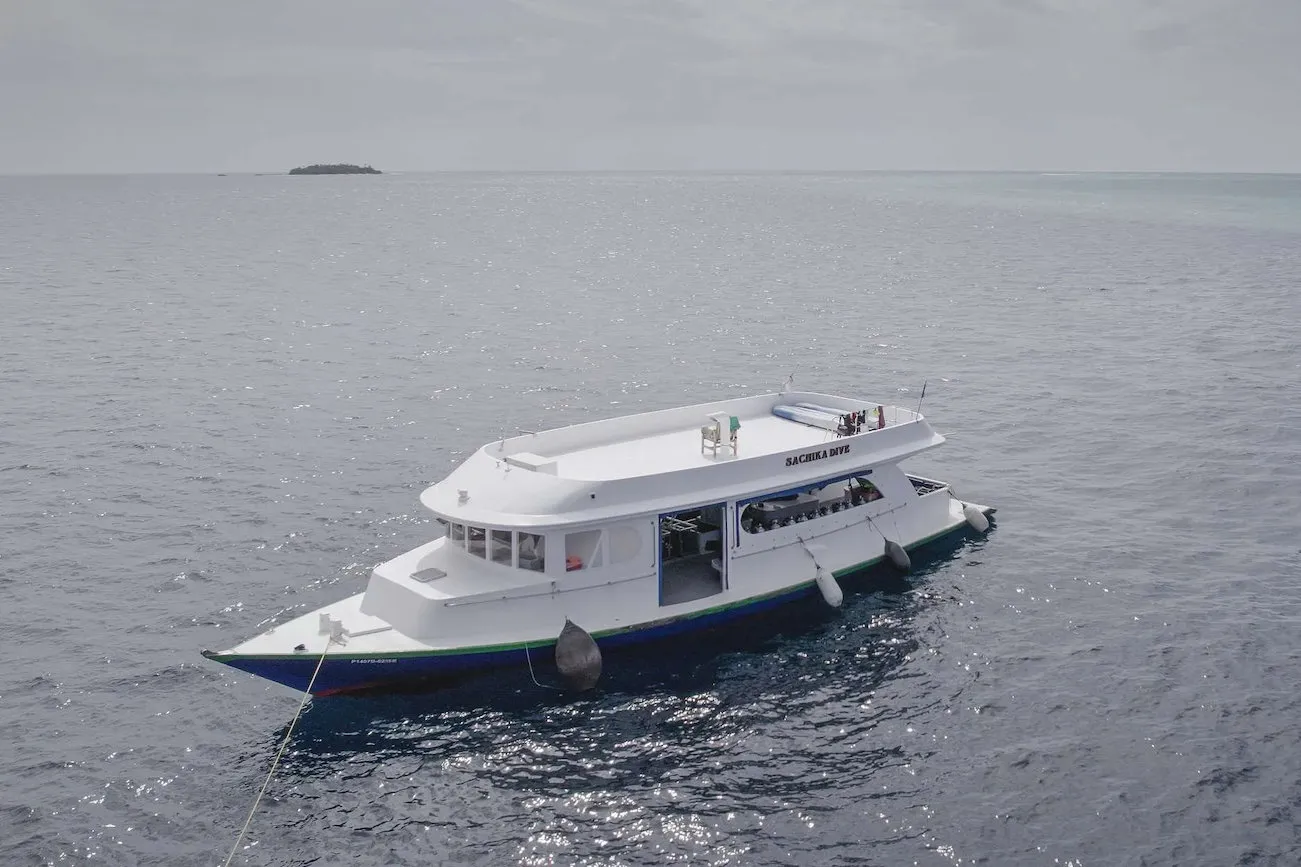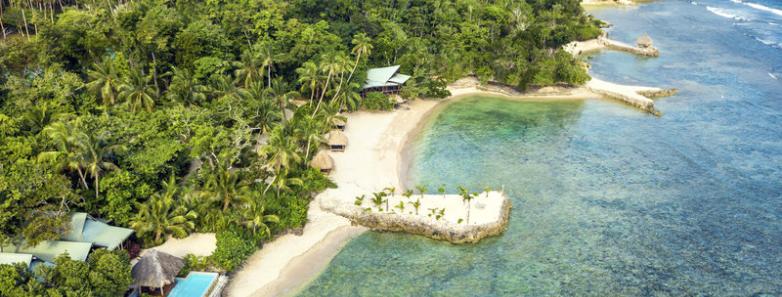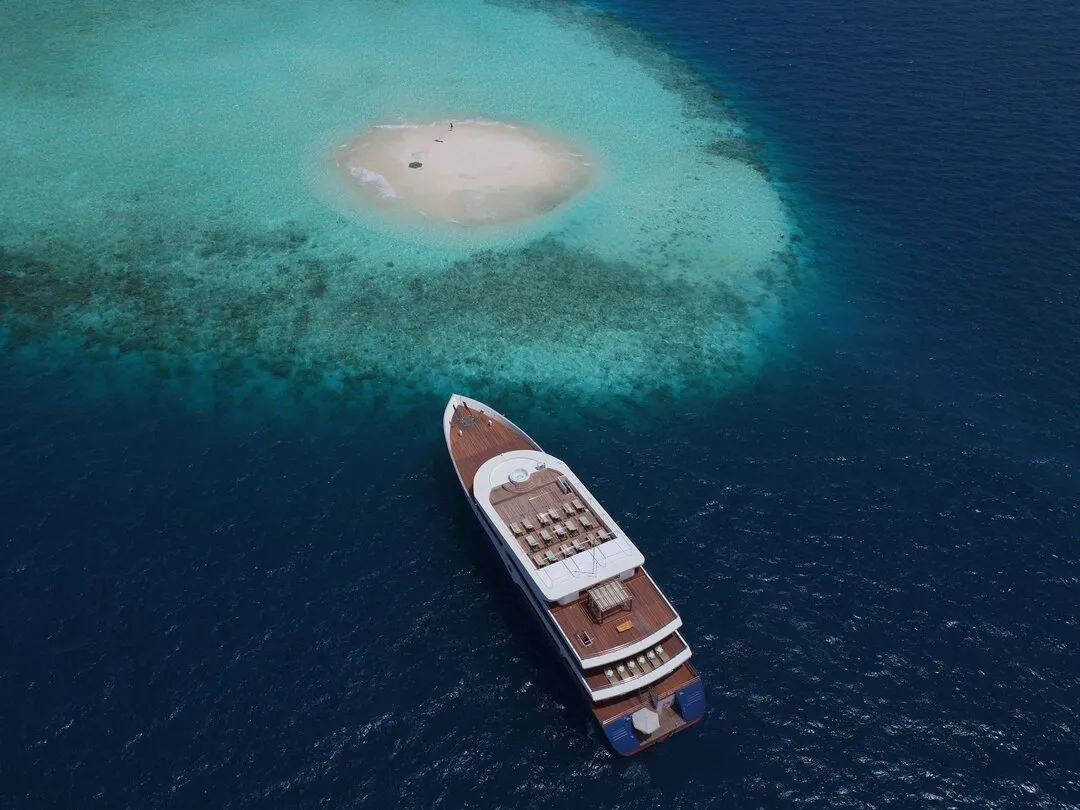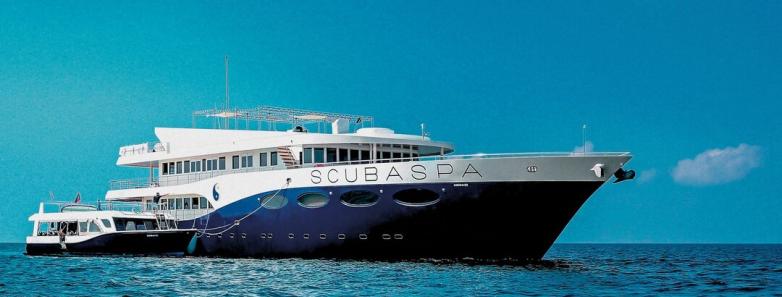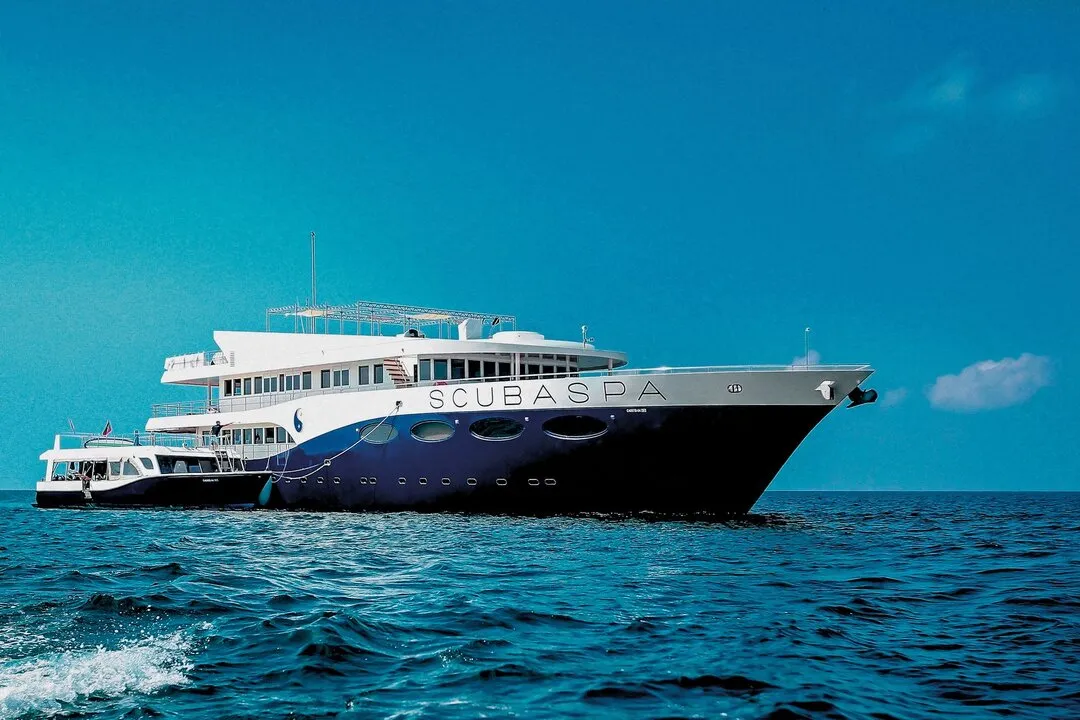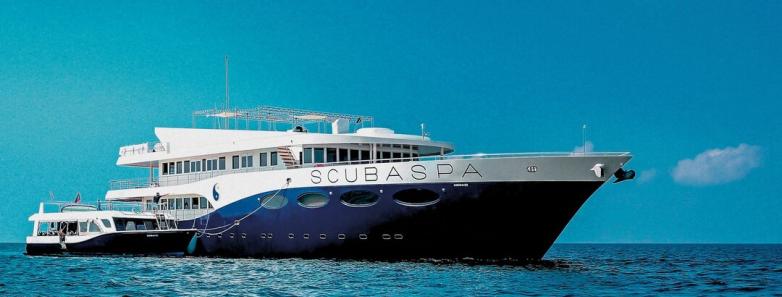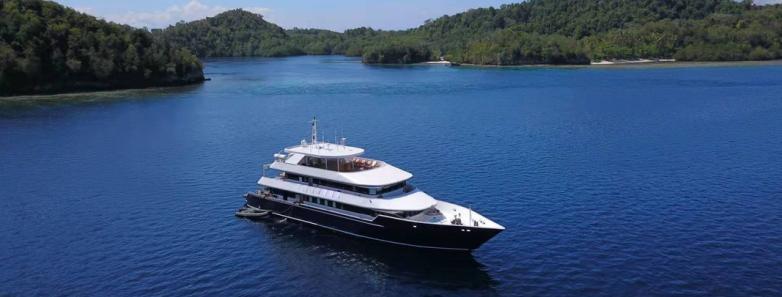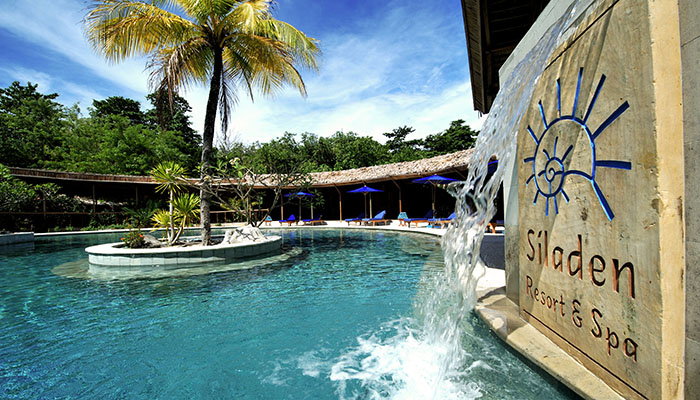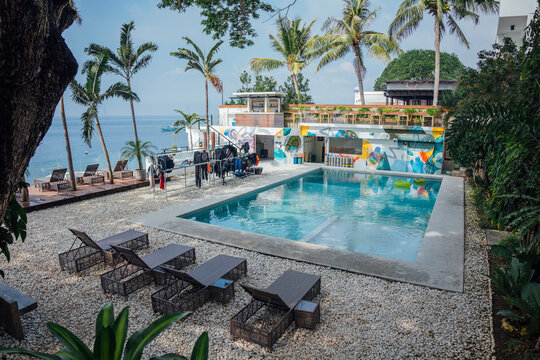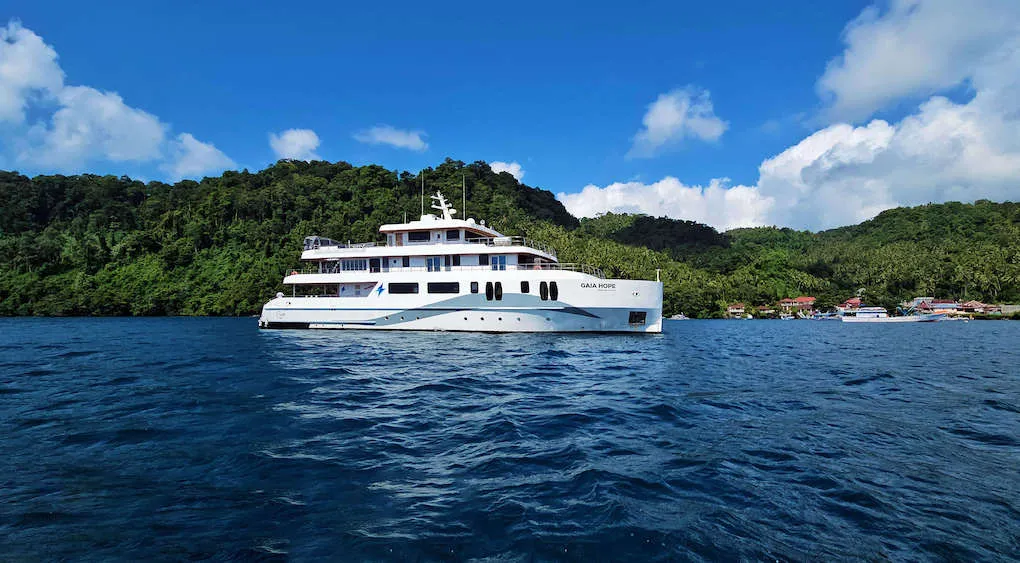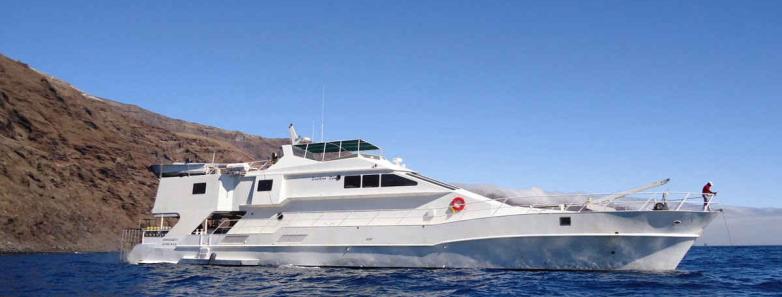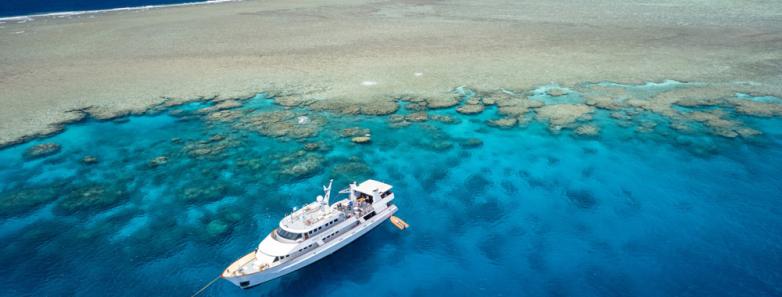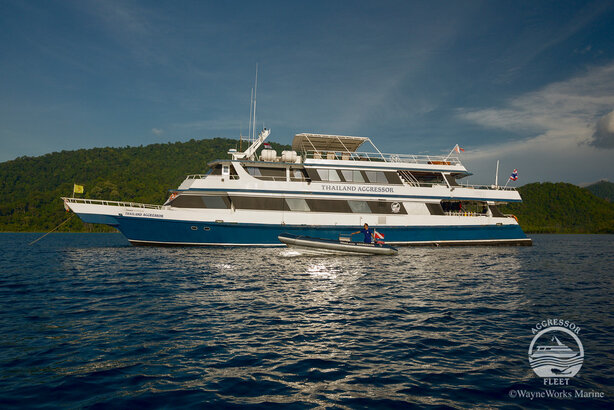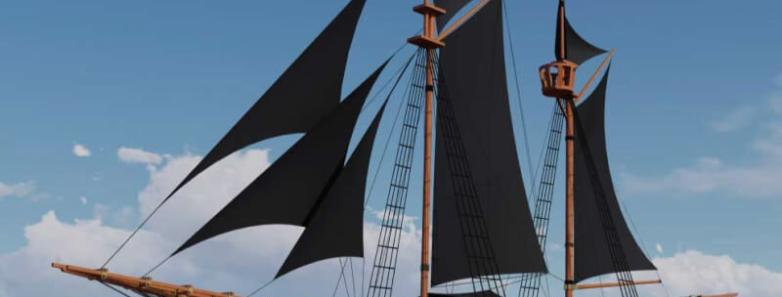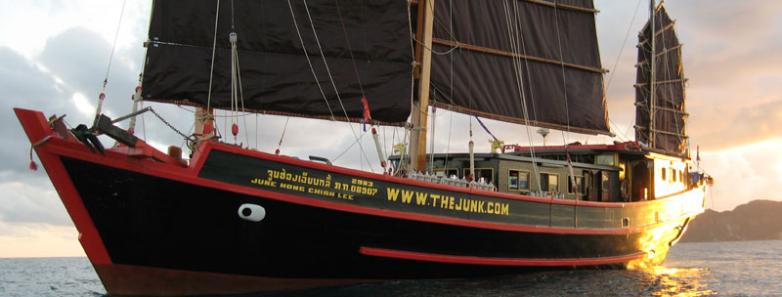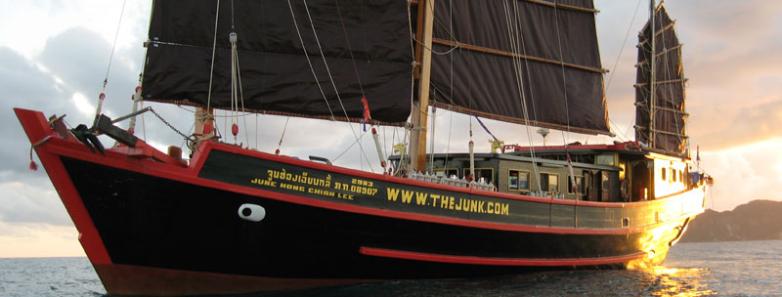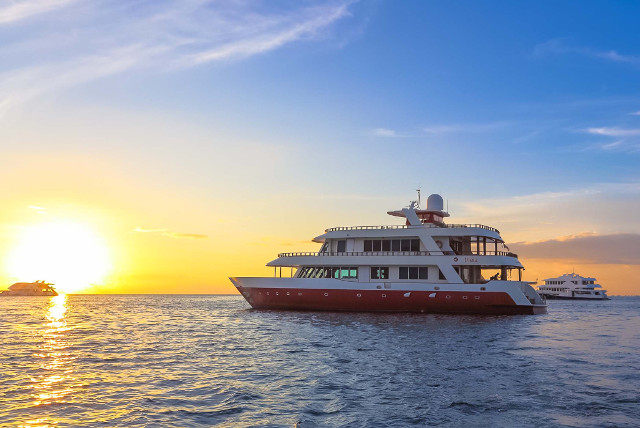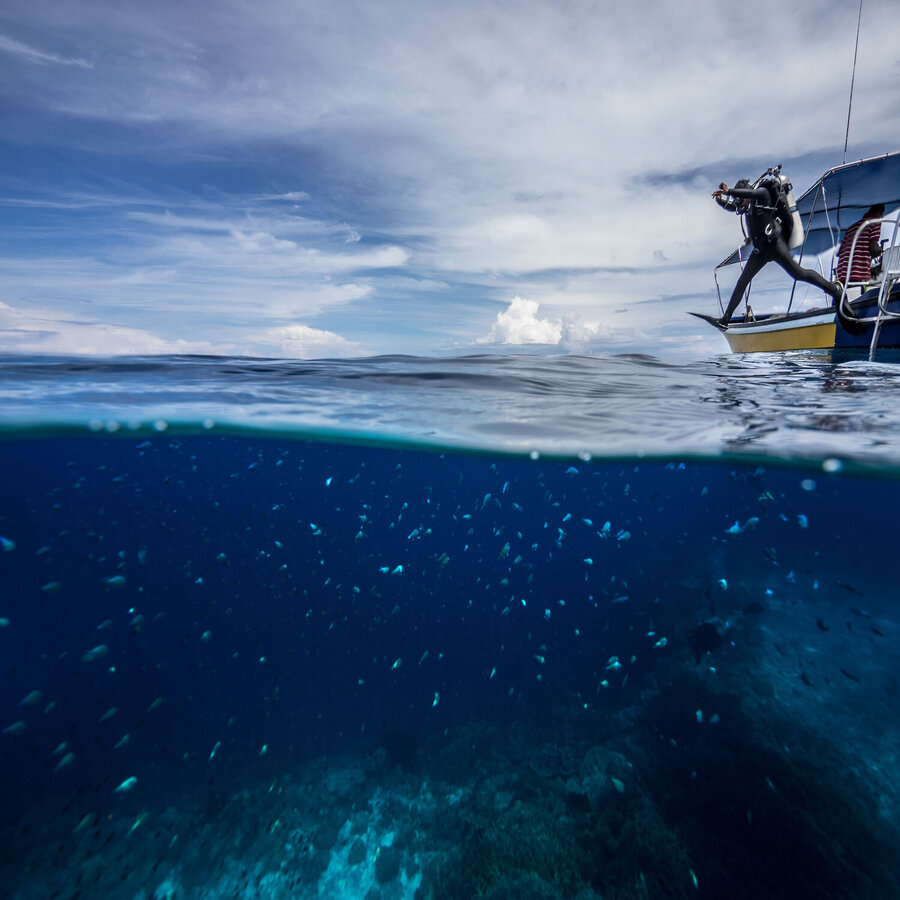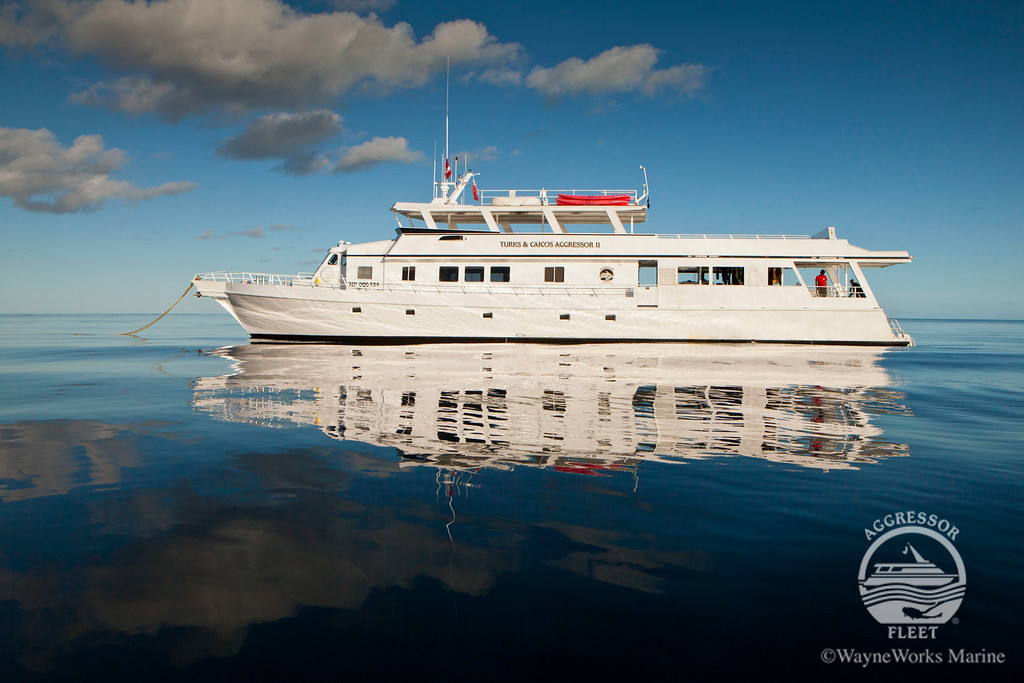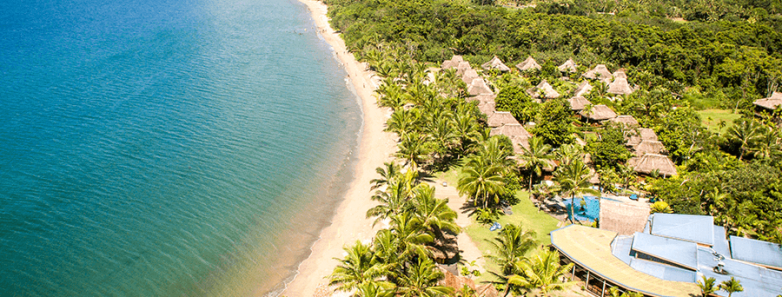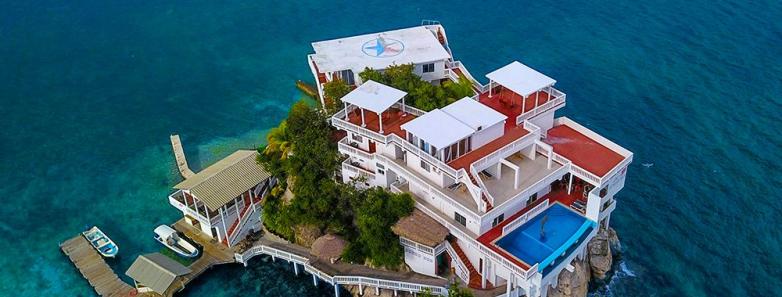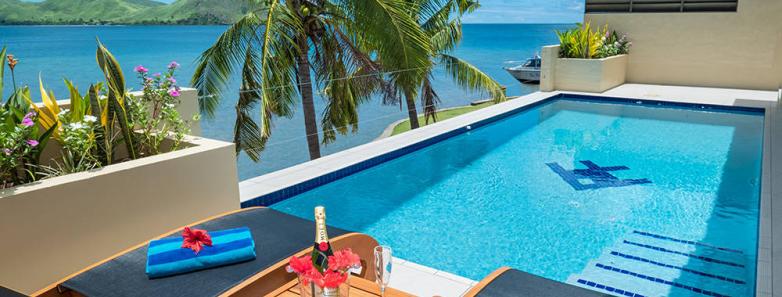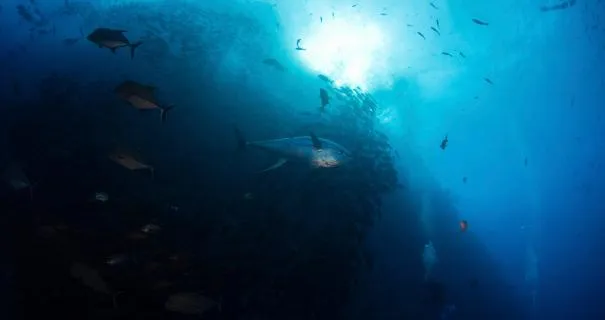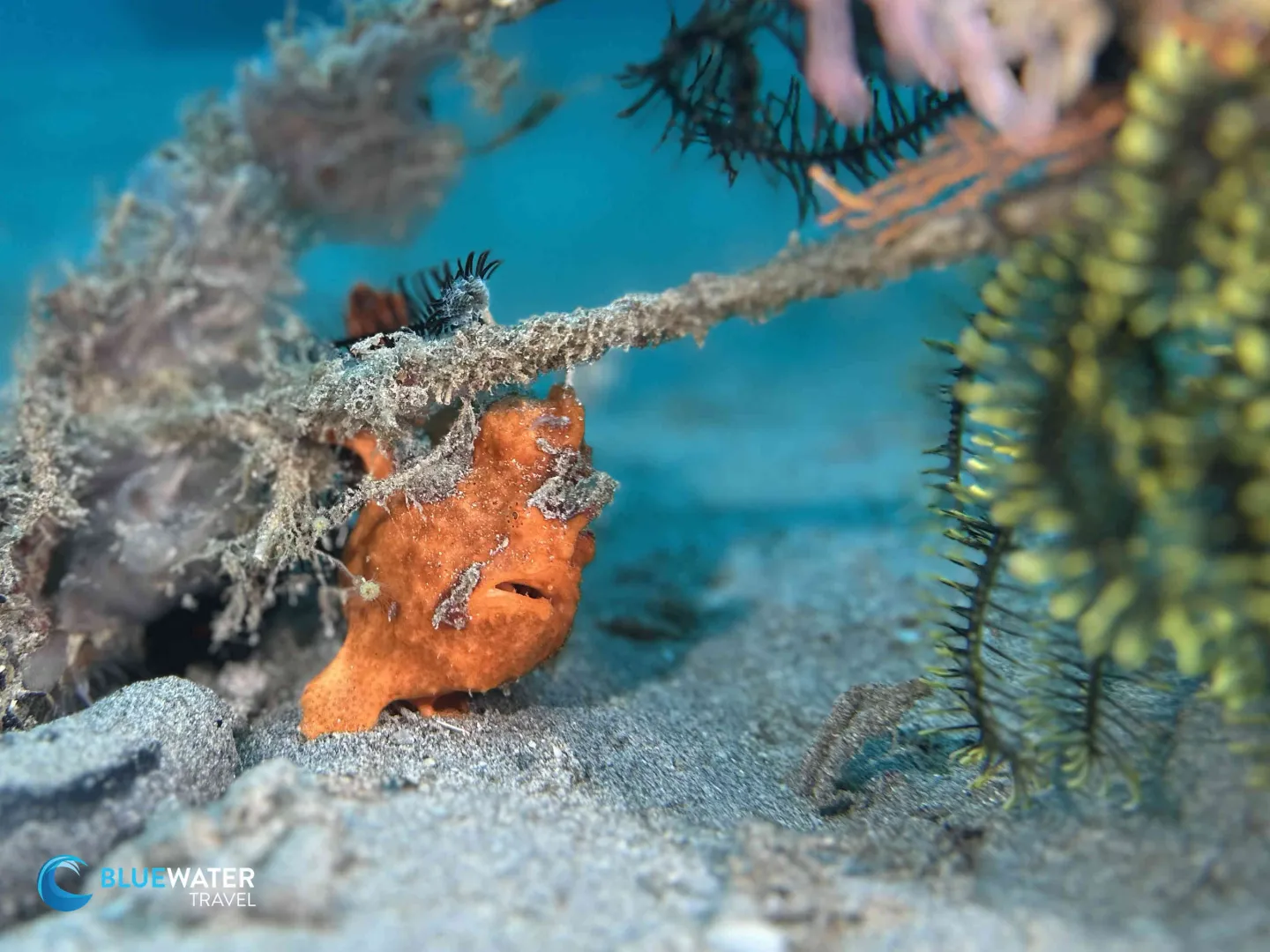Anilao
Visit Anilao to experience some of the most incredible macro marine life in the world. Encounter the rare, weird, and wonderful during daytime muck dives, night dives at The Pier, and blackwater diving. Discover the best dive sites and what to expect scuba diving in Anilao, Philippines.
Average flight time from LAX
15 hours
Scuba Dive Level
All Levels
Visibility
30 to 90 feet (9 to 27 meters)
80°F / 27°C
Average Water Temperature
Macro Critters
Great Night Dives
Scuba Diving In Anilao, Philippines
Anilao Diving Highlights
Anilao is located about 3 hours drive south of Manila on the island of Luzon, in the Batangas province of the Philippines. Divers and underwater photographers are attracted to Anilao for the incredible diversity, rich reefs, variety of fish, unexpected critters and nudibranchs turning up at every corner. The beachfront resorts are nestled against the jungle and provide exotic scenery while riding to and from dive sites.
Read why Anilao is home to some of thebest diving in the Philippines.
Interested in diving Anilao? Visit our Philippines dive resorts page or see Anilao dive resort options in the sidebar!
Intro to Anilao Diving
The Anilao diving scene is dominated by its world-class muck dives, wide array of rare critters, and unique blackwater diving experience. Prepare your critter list, pack your underwater photo gear, and head to Anilao. You'll be surprised how many you manage to cross off within a week of scuba diving Anilao.
Saying that Anilao is a critter haven and paradise for macro underwater photographers is almost of an understatement. There is more to this Philippines diving destination that you could ask for. With healthy reefs nearby, wide-angle opportunities are also present.
Much like its rivaling destination in Indonesia, Lembeh, Anilao is home to incredibly trained and knowledgeable dive guides who will blow your mind with their God-given ability to point the rarest, smallest, weirdest critter that you'll never be able to find yourself.
And then there is the friendliness and hospitality of the Philippines dive and resort staff. The Philippines truly is a hospitable country, and you'll feel their warm welcome the moment you land at the airport.
Watch this awesome video to give you a great feel for what it would be like to dive in Anilao!
Anilao Diving Information
Critters & Macro Life In Anilao
Virtually every variety of juvenile fish and critter imaginable can be found in Anilao. You'll definitely want to bring your best underwater camera. Shrimp, crabs, nudibranchs, small squid, and cuttlefish are arguably more plentiful than any other dive destination. Frogfish, pipefish, and seahorses are also fairly common, and we've even seen Rhinopias and Hairy Frogfish. Wonderpus, mimic, and blue-ringed octopus can also be seen.
Bobbit worms and many other critters await patient muck divers. Anilao has a large number of species of hard and soft corals - perhaps more than anywhere else in the world. Local guides take pride in locating even the smallest macro subjects living on the corals, oftentimes leaving photographers with a tough decision on which subject to shoot.
Images By:Laurie Slawson &Virginia Worn-Ross
Bigger Marine Life & Wide-angle Opportunities in Anilao
Larger marine life is also found in Anilao, including large schools of jacks, the occasional turtle and giant seahorses. At Mainit point, which has strong currents, we've seen up to 4 great barracuda hunting, along with giant and bluefin trevally. Reef sharks are occasionally seen down deep at dive sites with stronger currents and on very rare occasions people have seen small whale sharks.
Anilao has some unique soft coral forests, generally found at 70 - 130ft deep, which are mostly unexplored and can turn up rare critters such as seahorses and rhinopias.
Anilao is also one of the best places to dive in Southeast Asia. Check out the full list here.
Image By: Laurie Slawson.
What It's Like To Dive In Anilao
Diving is usually by a small open boat (bangka), which is comfortable for up to 4 divers plus a crew of 2-3. Dive sites are usually 10-25 minutes away from most resorts. The general schedule is 2 dives early in the morning, enjoying lunch and rest in the afternoon at the resort, and then 2 more dives in the late afternoon, with the last dive being a complete night dive.
Frequent night dives are a must in Anilao and no visit would be complete without a muck dive at the pier! Dive time limits are less stringent than at other locations, and significant time can be spent in the shallows. Occasionally divers will encounter currents but the guides at the resorts we recommend dive according to everyone's skill and comfort levels. The guides are excellent critter-finders, which keeps photographers shooting for the entire dive.
For more information, you may want to check out our report from our trip to Anilao in 2019 & 2022.
Diving Conditions
- Water Temperature: Water temp is generally 27.5C/81F but in January and February this can drop to around 25C/77F. We recommend diving in a 3mm full wetsuit with booties. Many divers choose to wear light gloves and occasionally a hood after several days of repetitive diving. Be sure to bring a light rain jacket, and ample sun protection.
- Visibility: Typically 40-50ft
- Weather: The average annual temperature is 27.2 C
Best Dive Sites In Anilao
Here are some of the diving highlights around Anilao!
- "Twin Rocks" - one of the best. Prolific life at 10ft to 130ft and all depths between. Great for macro and wide-angle. Soft corals, schooling jacks, small fish, jawfish and much much more.
- "Beatrice" - stronger currents, profusion of swarming anthias, great wide-angle opportunities shooting upward against corals
- "Kirby's Rock" - great visibility, a beautiful wall filled with life, and a surprising number of good macro subjects
- "Secret Bay" - popular muck site that sometimes has mimic octopus, wonderpus, pipefish, seahorses, frogfish and more
- Muck sites - the "hot" muck sites change season to season, contact Bluewater Travel for the latest spots and critters seen.
- Blackwater dives - Anilao offers some of world's best blackwater diving. You can see countless species of jellies and larval stage fish and invertebrates, most of them unknown to science.
Images By (From Left to Right):Laurie SlawsonDeborah Bennett, Virginia Worn-Ross
Travel Information
How To Get To Anilao
Anilao is about a 3-hour drive from the Manila International Airport (MNL), also known as Ninoy Aquino International Airport. Several major Asian airports run flights to MNL and serve as layovers for visitors from the US and Europe. Once clearing customs with checked bags, divers walk outside and take a tunnel down to the left where resort shuttle drivers are waiting with signs. The drive out of the city is exciting and you can catch glimpses of the colorful Manila city life through the window.
How To Dive Anilao
Anilao is a two to three-hour van ride from the airport in Manila. Resorts, liveaboards and dive centers are available. Many divers combine Anilao with a trip to dive Puerto Galera, or Cebu / Dumaguete. Puerto Galera is just an easy hour speedboat ride away, while Cebu or Dumaguete is an hour's flight from Manila.
Most of the Anilao dive sites are close to the dive resorts, 10 to 20-minute boat rides in a small "outrigger" style boat is the norm.
Underwater Equipment To Bring
- Anilao is a mecca for underwater macro photography. Dive guides are well-trained in showing photographers and videographers the best subjects in a careful manner. In addition to an underwater housing, we recommend bringing an underwater strobe to bring back the colors of the marine life.
Best Time To Dive
October to early June is the main diving season in Anilao. The best months are November / December and April/May, with April and May being the most crowded months at the resorts.
Monsoon occurs in July through August, but the dive sites remain accessible.
The critters and rich marine life are found year-round. If you don't mind slightly cooler temps, then Jan - March is great too, and often has more critters underwater.
Other Things To Do
Anilao is relatively limited in terms of non-dive activities. Snorkeling, kayaking and various excursions can be arranged at the resort of your choice. If you're traveling with non-diving friends, partners, or family members, destinations like Puerto Galera or Dumaguete might be more suitable.
- Snorkeling
- Kayaking
- Various excursions
Other Useful Information
Practical Information
- Currency: Philippine Peso (PHP)
- Language: Filipino & English
- Time Zone: UTC+8
- Electricity: 220 V 60 Hz
Fellow traveler's reviews
Comayli
1164 Reviews
We love Anilao! We were spoiled with only 4 divers per boat. The dive staff found every creature we wanted to see. The hundreds of colorful nudibranch were fantastic. The photo workshop was also good with tips and photo reviews each night. We made friends that will last a lifetime.
jsnyder8112
1164 Reviews
I attended a recent Anilao workshop where a typhoon decided to make an appearance. In addition to the usual challenges associated with variability of equipment, experience, and personalities, the Bluewater dive leaders were dealt another in the form of the weather situation. Given the remoteness of the resort and limited “other activity” options, they filled the time and handled it well with on-premises activities. Good thing they have such a cache of knowledge, experience, and materials of their own to pull from. Couple all that with 18+ hrs per day talking and I’d say their collective work was A+ in making a positive experience for all.I rated conditions as "average" but that has much more to do with results of the weather situation. I was pleased enough with the sites, crew, and critters that I will definitely visit Anilao in the future.I look forward to traveling with both of the Bluewater dive leaders in the future!
Jaymack83
1164 Reviews
I'm an intermediate underwater photographer, so this review is written through that lens (pun intended).I had always read that Lembeh was more difficult to get to than Anilao, but an overall better destination for macro because it had a bit more diversity and that diversity was more dense. Having been to both once each now, I don't find that true. While maybe seasoned experts with 200+ dives in each destination might know the differences, I didn't. I saw almost all of my critter list I'd put together at both destinations, and Anilao was much easier to get to!We stayed at Crystal Blue Resort, which had average accommodations and food (can't really say anything negative about either), but an excellent camera facility and absolutely phenomenal dive guides. In the camera room, each person had their own cubby/workspace that was more than enough space to setup everything and organize your equipment without getting in anyone else's way. Our dive guide had us literally photographing subjects 90% of every dive. As soon as I would finish with one subject, our dive guide was already getting my attention to come to one of the other 3 critters he had been scouting.We had 2 of our dives with strong current. While certainly not the strongest current I've been in, it made shooting super macro impossible, and shooting regular macro with a 105mm lens difficult. I'm not sure whether the current was due to the time of year or something that happens semi regularly. Aside from those 2 dives, the other dives were almost like diving in a pool. There were tide changes throughout the week that required us to dock on the other side of the peninsula since it wasn't safe to dock at the resort. It took longer to get back to the resort and we were shuttled in stuffy vans, but that seemed like a necessary evil.
CTROYE
1164 Reviews
We had an EXCELLENT experience in Anilao, booking through Bluewater. Crystal Blue was a great resort for our foursome and we really enjoyed having our own boat and amazing dive guide. Macro and super-macro photo opportunities were around every corner and we were treated like family at the resort. We will definitely be coming back - can't wait!
Incident
1164 Reviews
It's hard to find anything to complain about with respect to diving in Anilao. It is very easy to get to from the West Coast of the US, and once in Manila the resort makes the last leg of the journey to Anilao very easy.If you are into macro, this is a must-see destination. Anilao is home to some of the worlds most dense populations and wide variety of nudibranchs, in addition to dozens of other critters that are a photographers dream. In general, the dive guides are among the best I have ever been with, and they will easily keep you on subjects for the entire trip. Ask for something to see and they will deliver. Obviously it depends on which dive operators you use, and some will be better than others, but in general the guides in Anilao know the locations, the critters and the habitats.Anilao is somewhat remote, so the topside activities are limited, but for me going to Anilao was about the diving and photography.Overall, this desitination should be on any list for macro photographers. Wide angle options are there, but could be considered limited.Cannot wait to get back to beautiful Anilao.

DEALS & SPECIALS
Dive Into Our latest Anilao Special Offers
All deals
RELATED ARTICLES
Stories Beneath The Waves
All articles

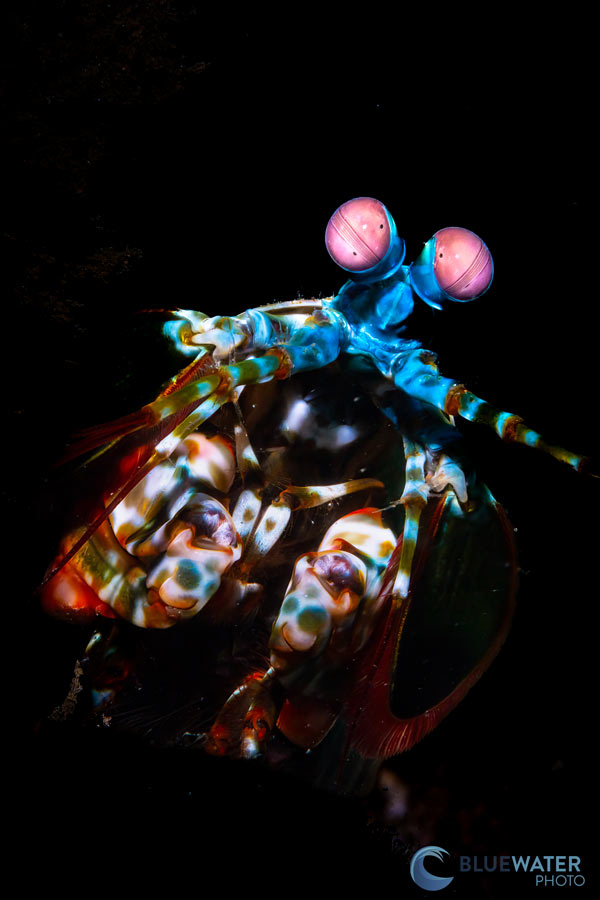























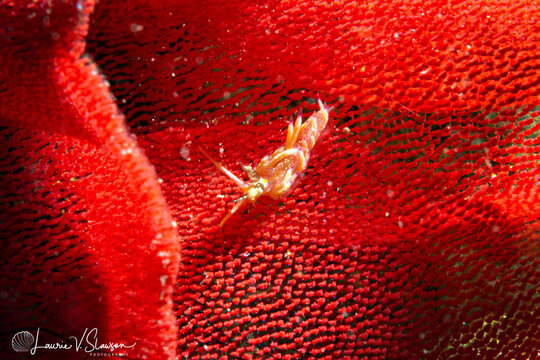
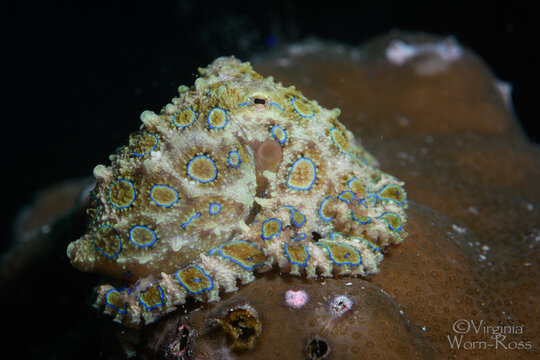
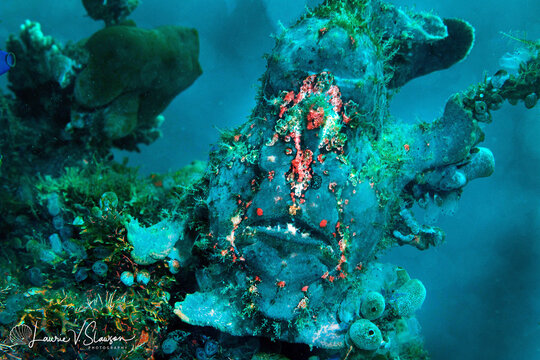
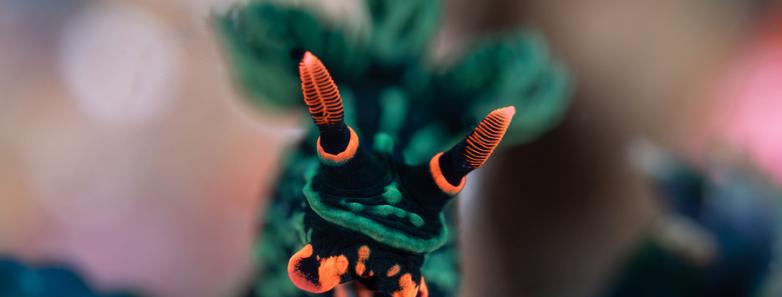
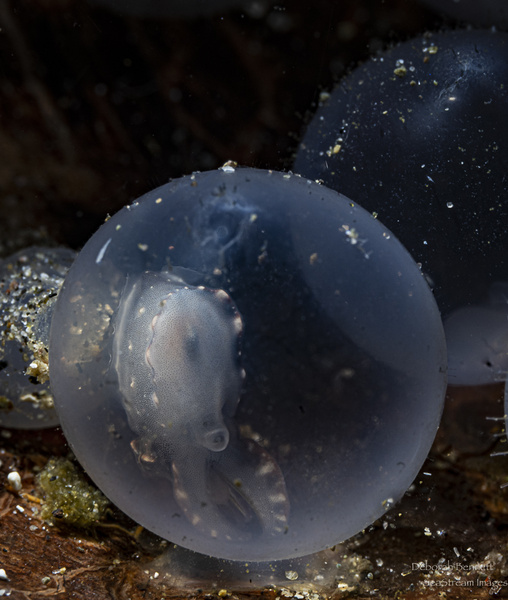
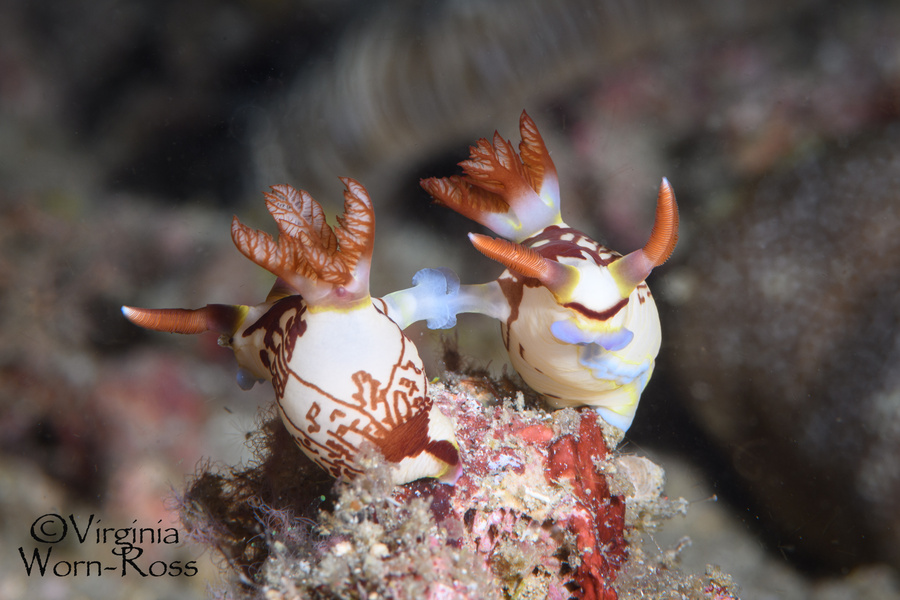
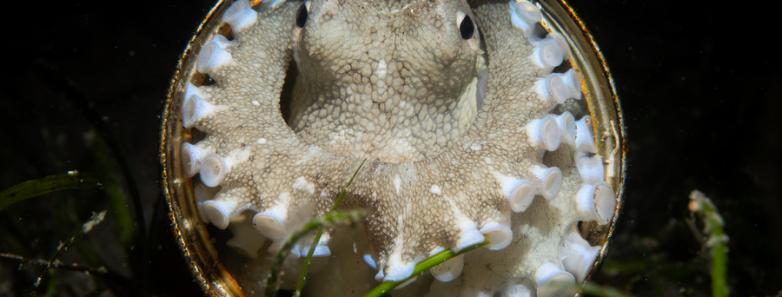
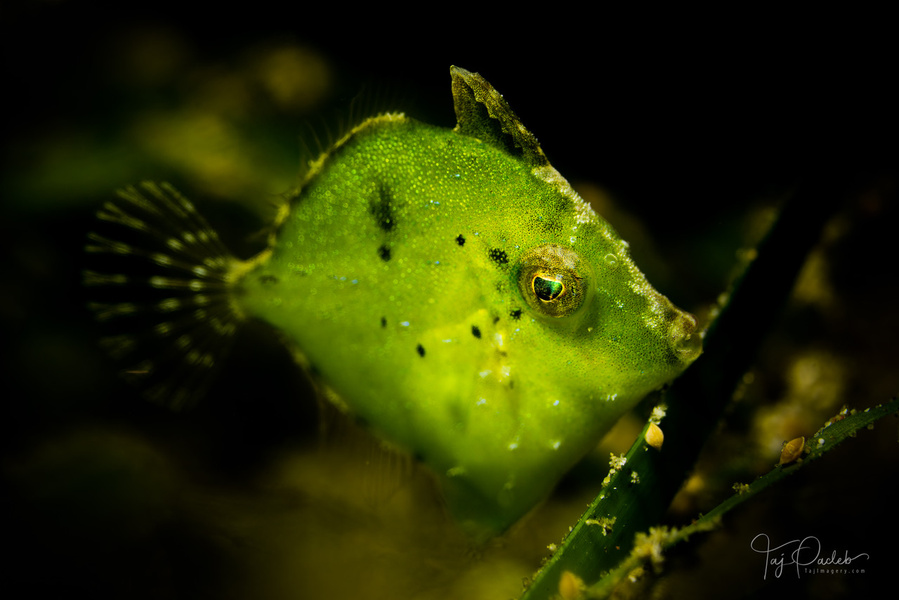
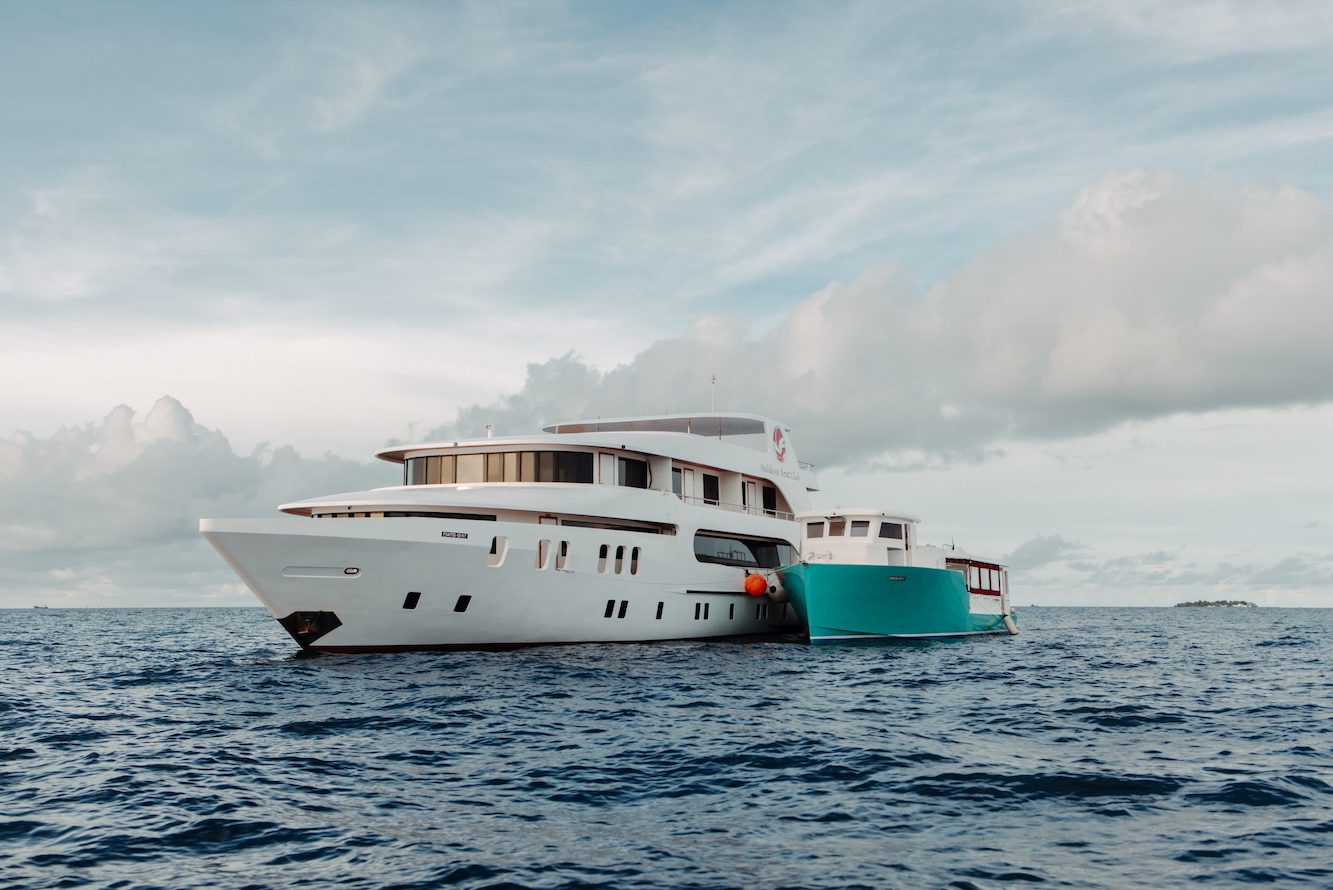
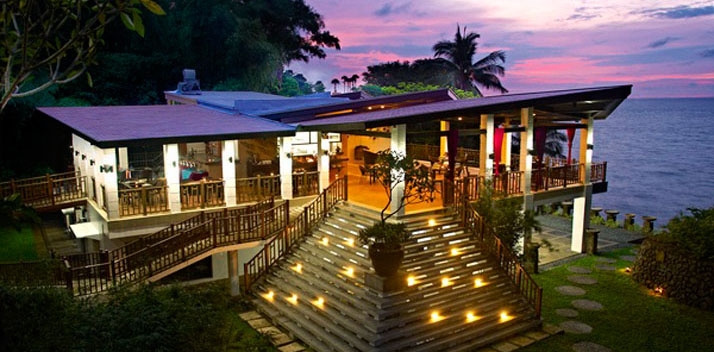

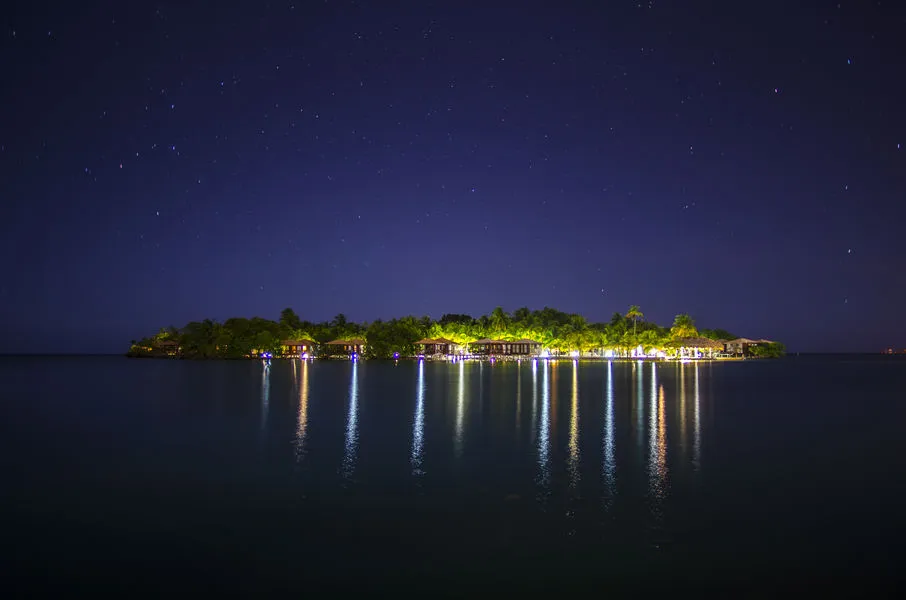
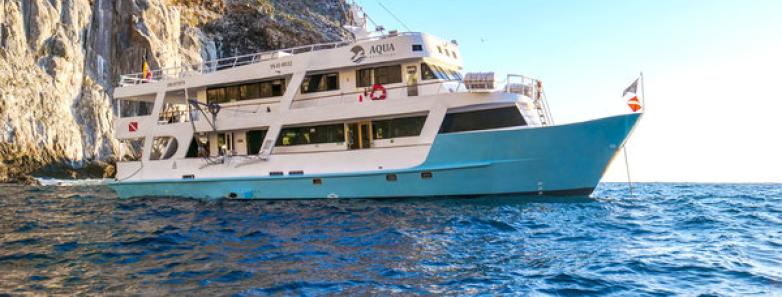
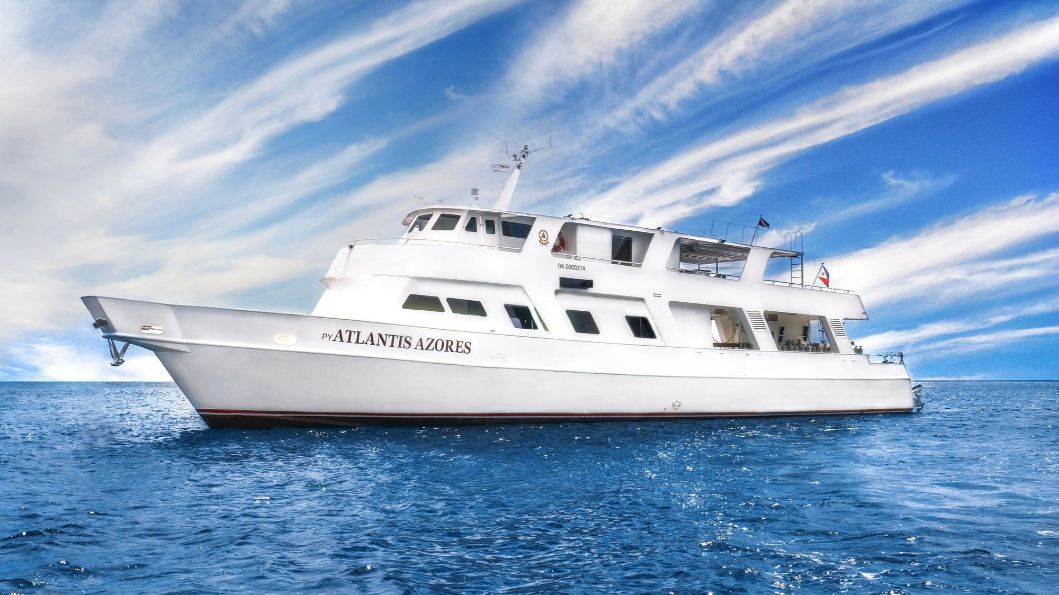
_1742377020.jpg)
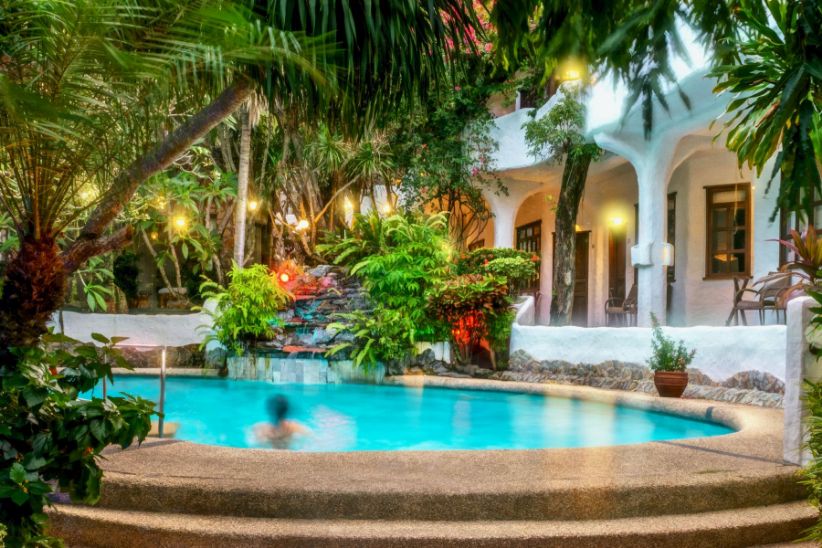
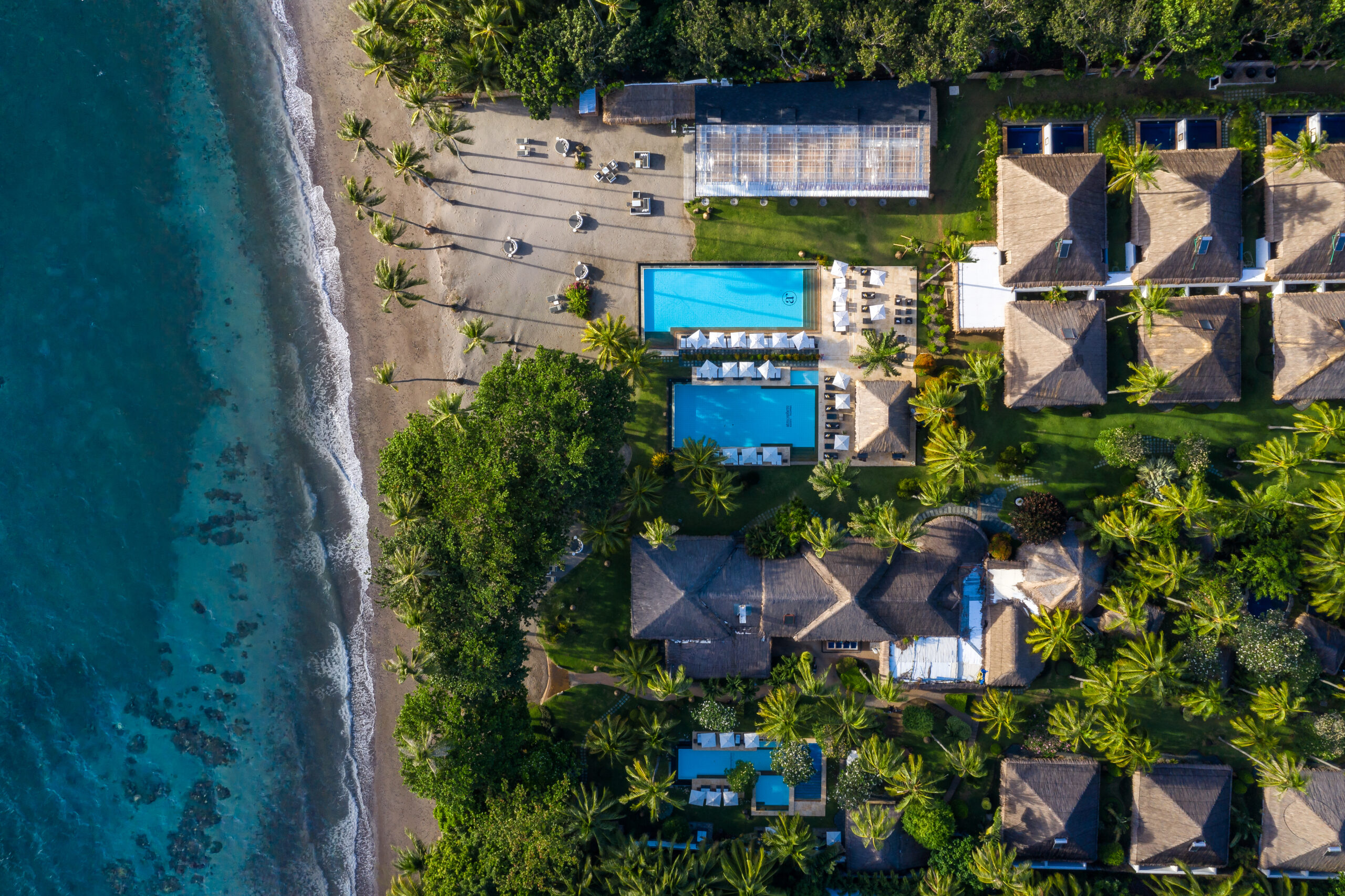
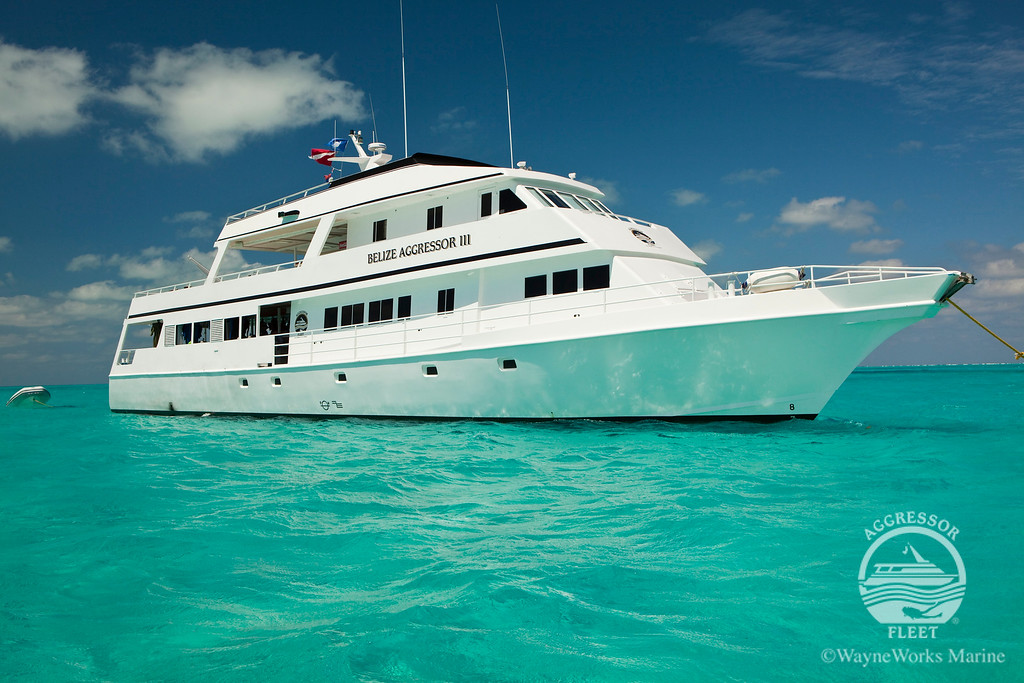
_1742825542.png)
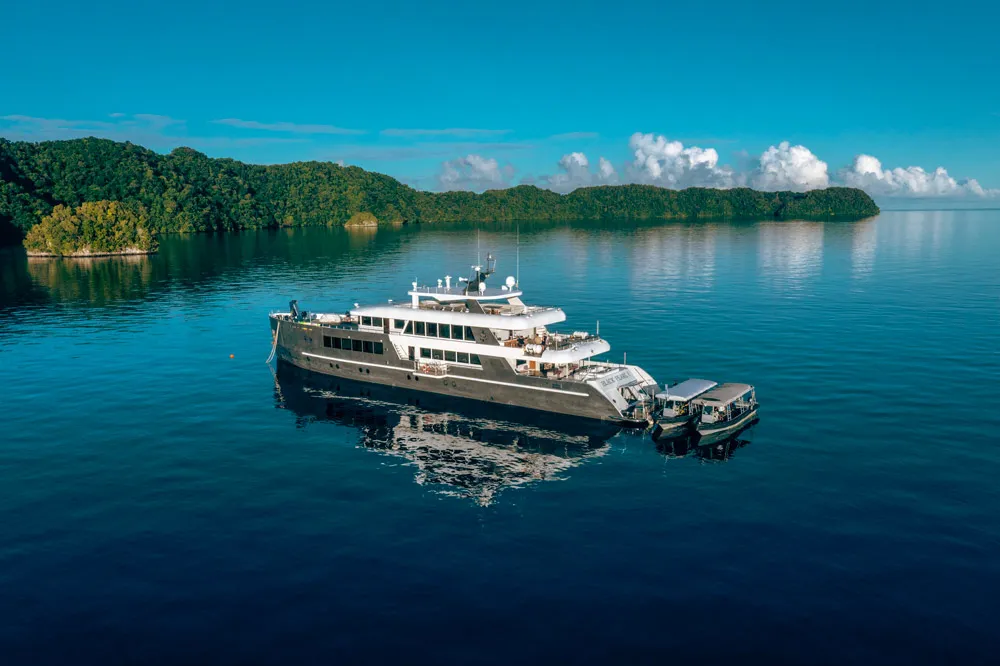
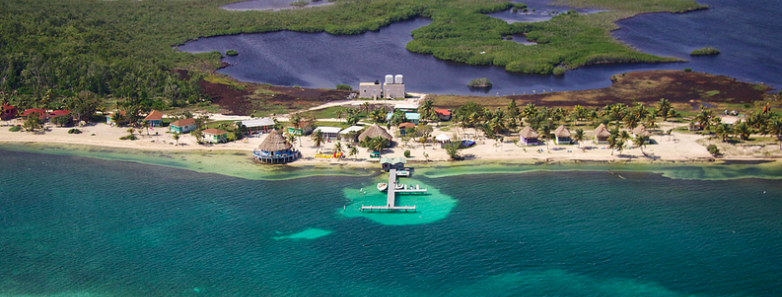
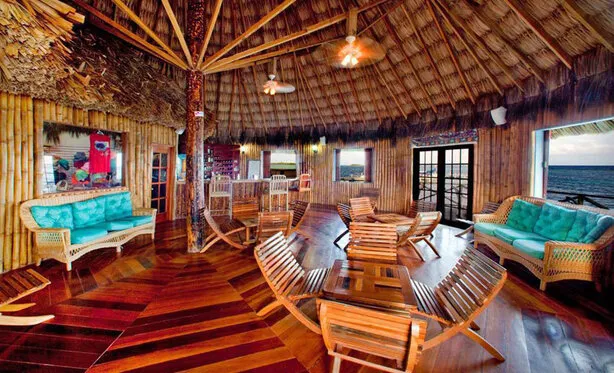
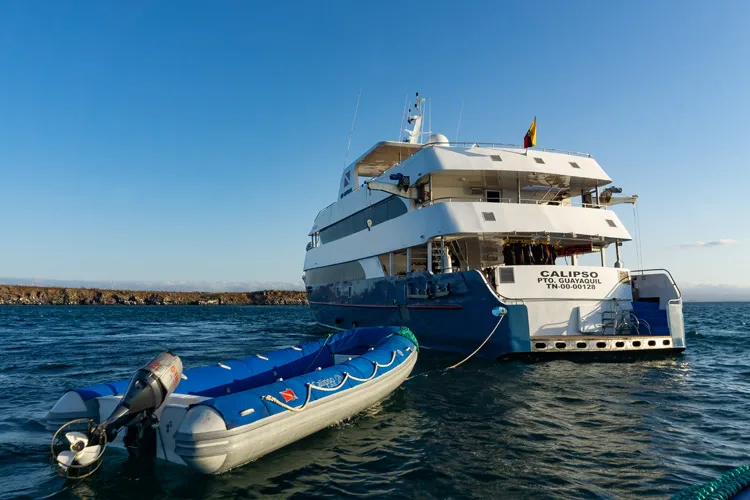
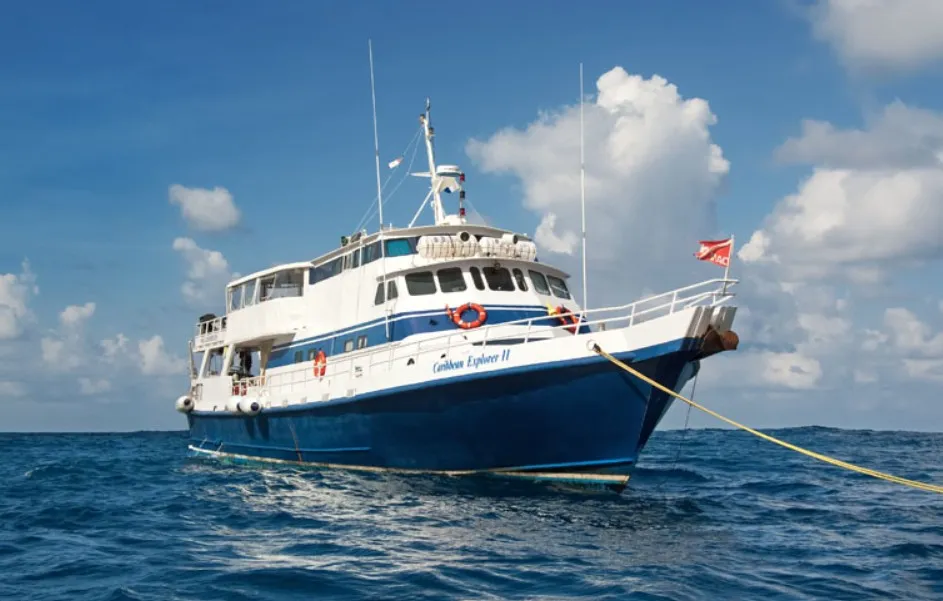
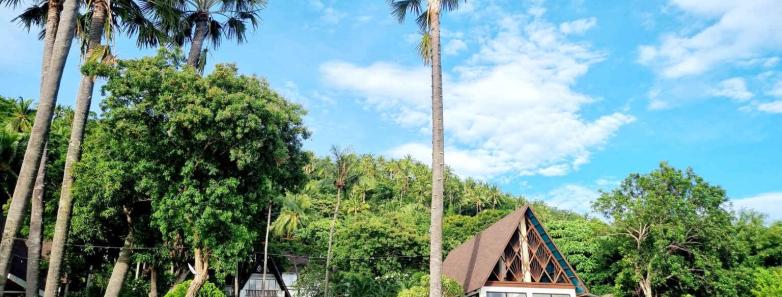
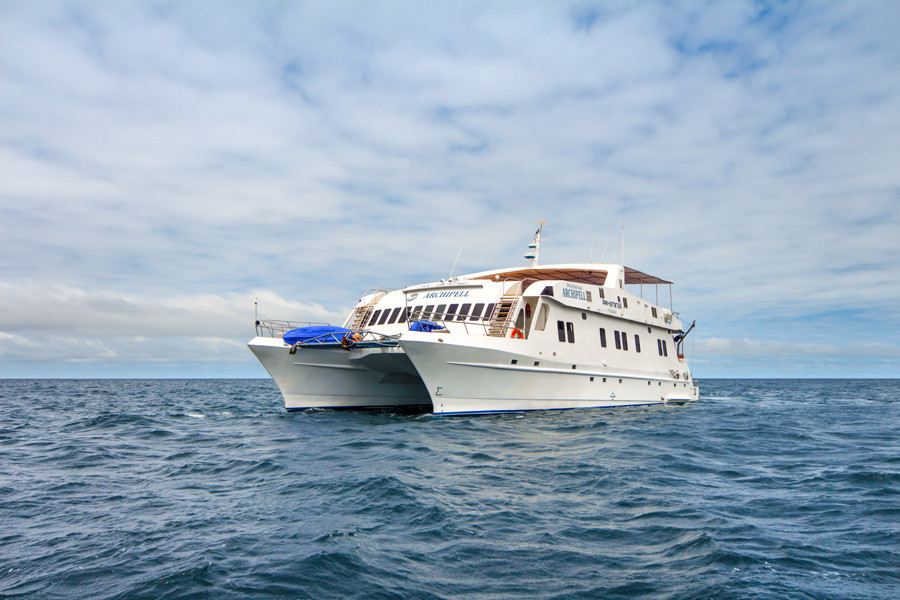




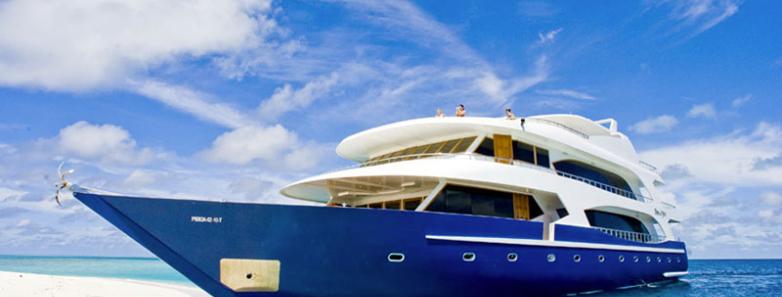
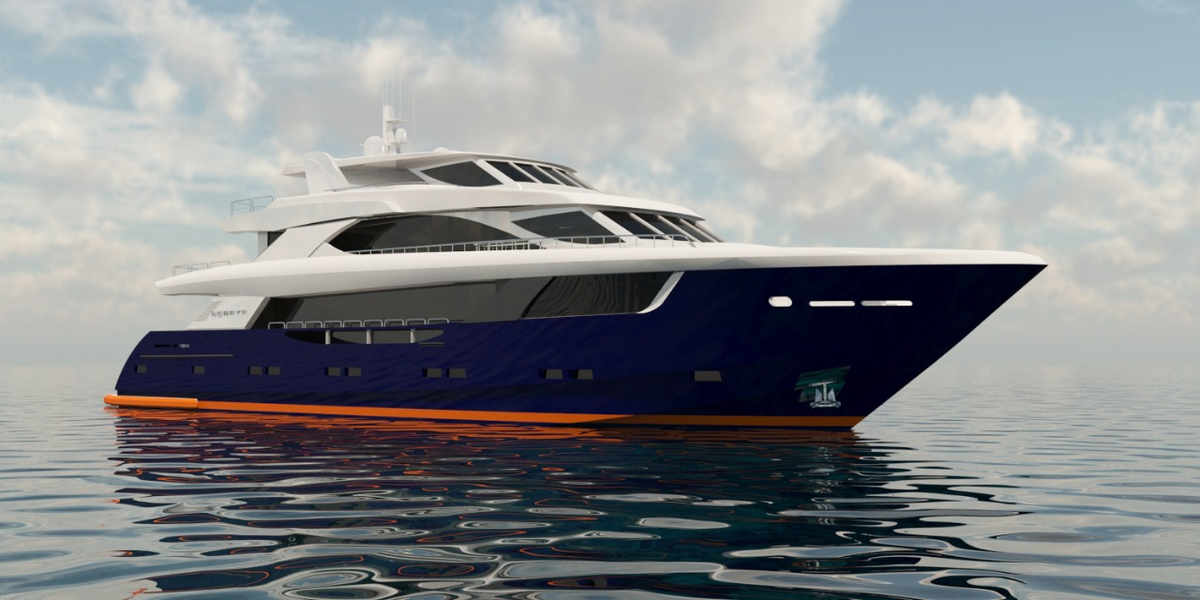
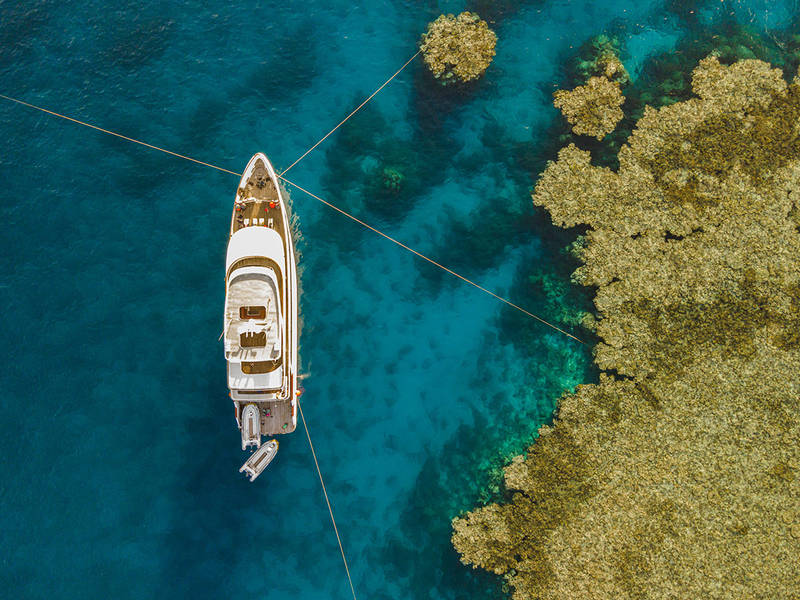
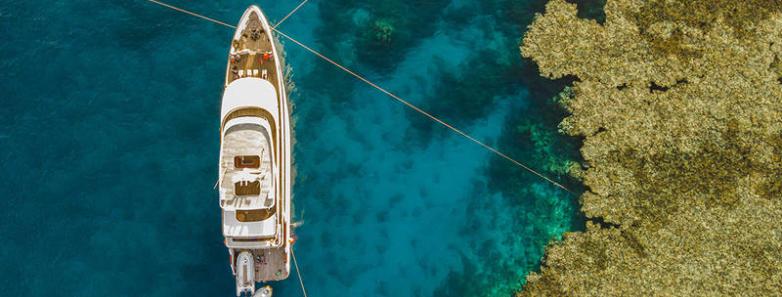
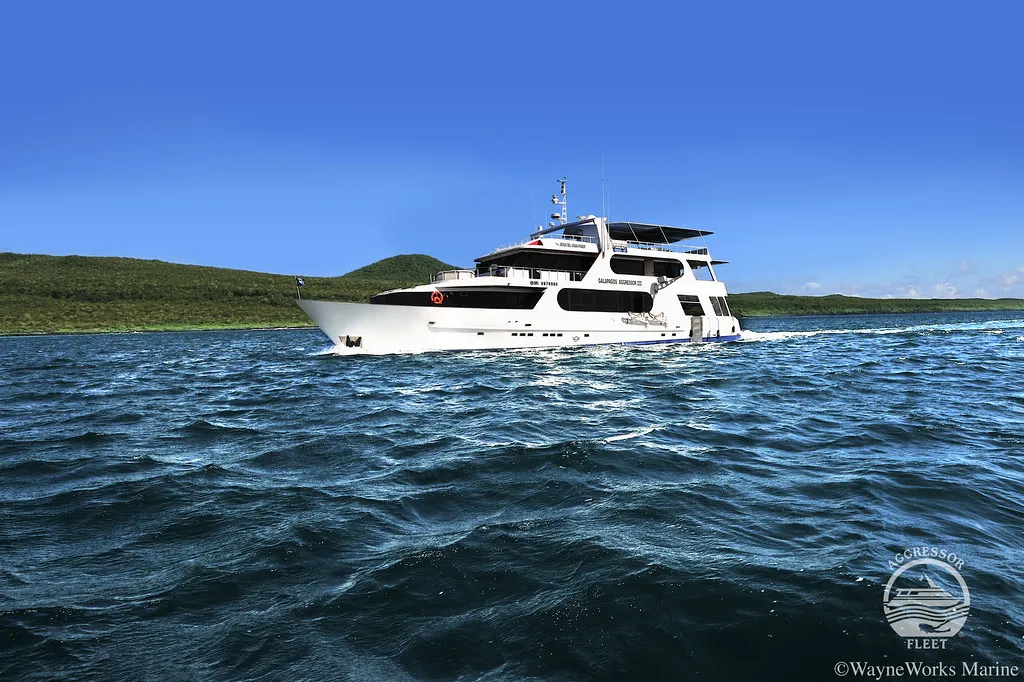
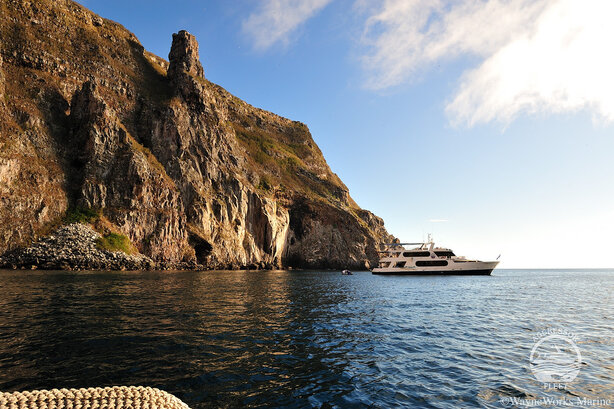
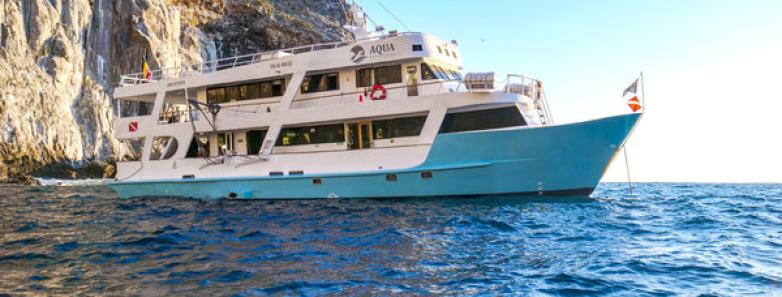
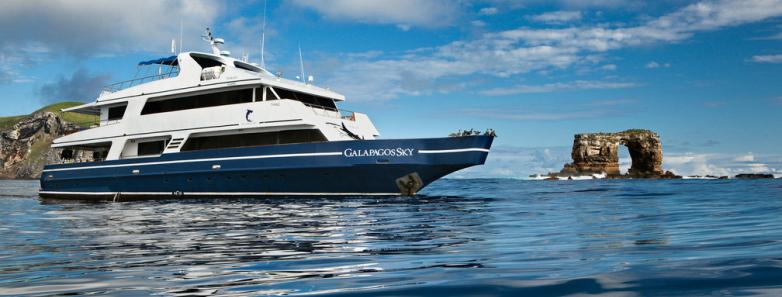
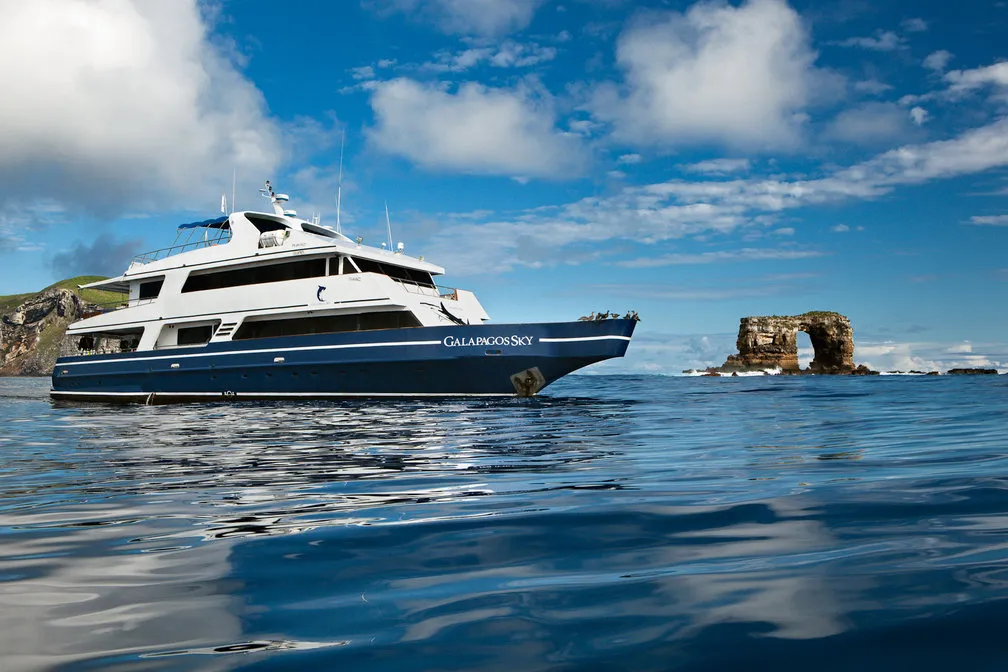

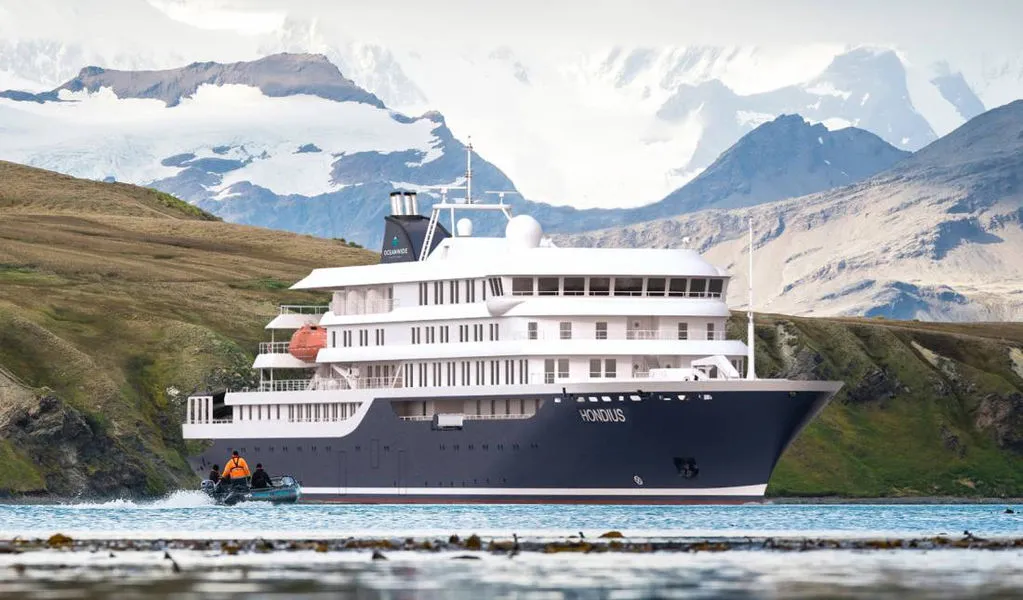
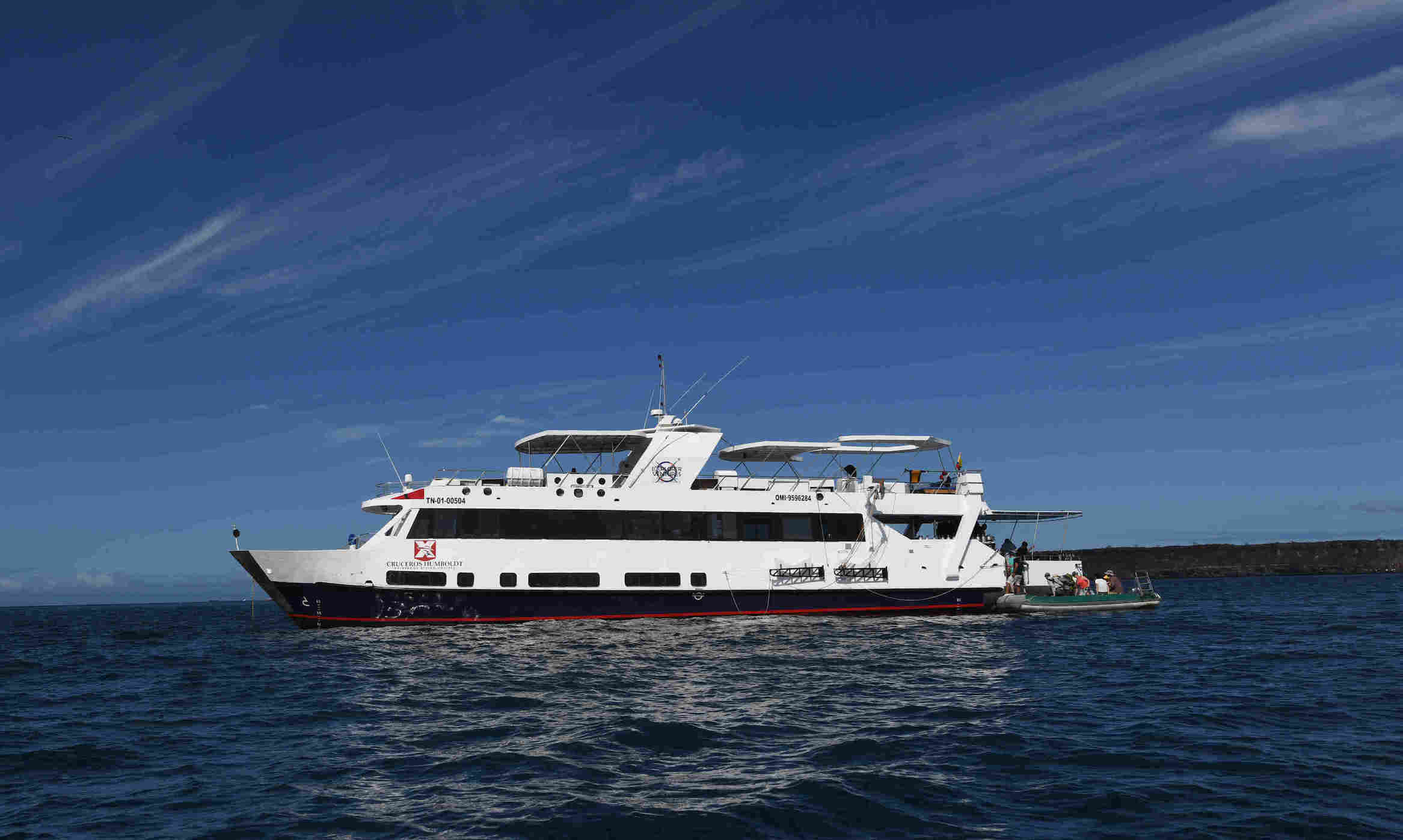
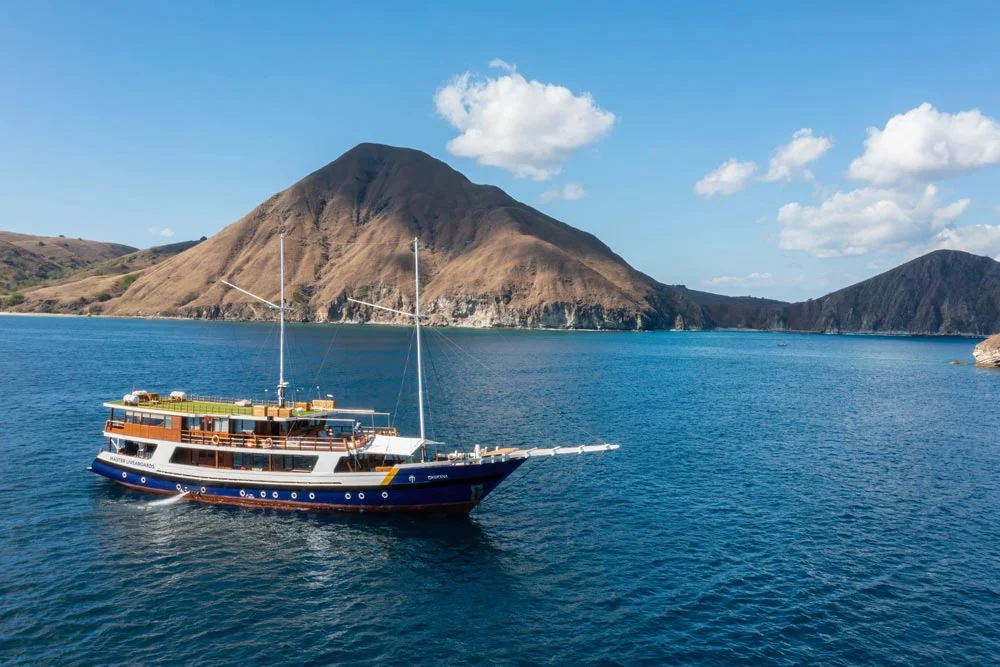
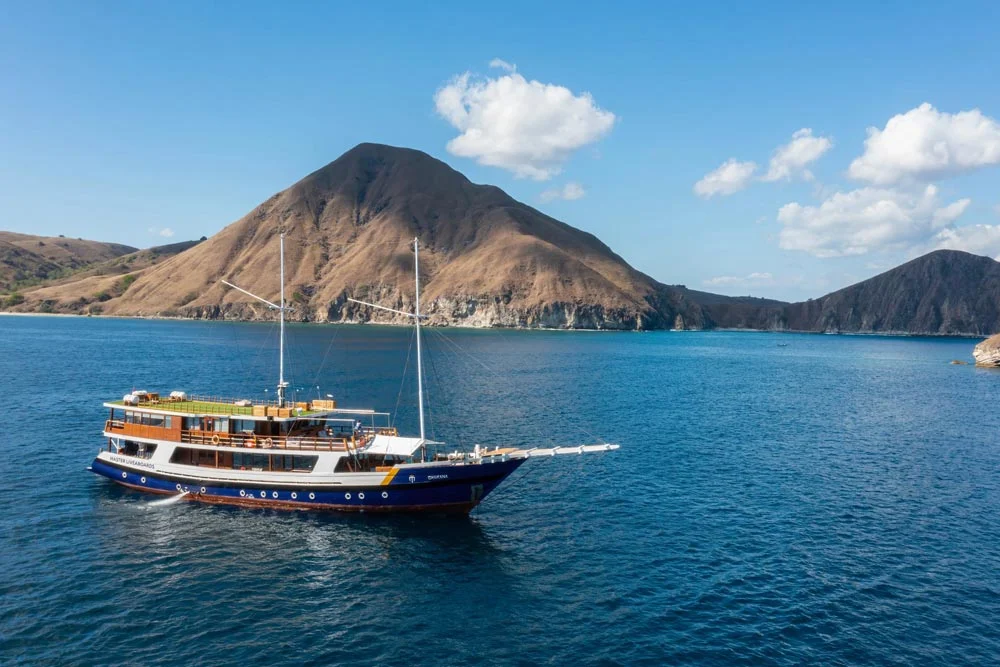


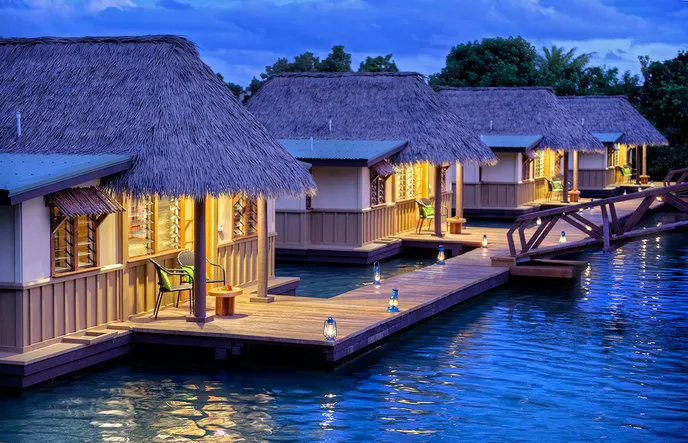
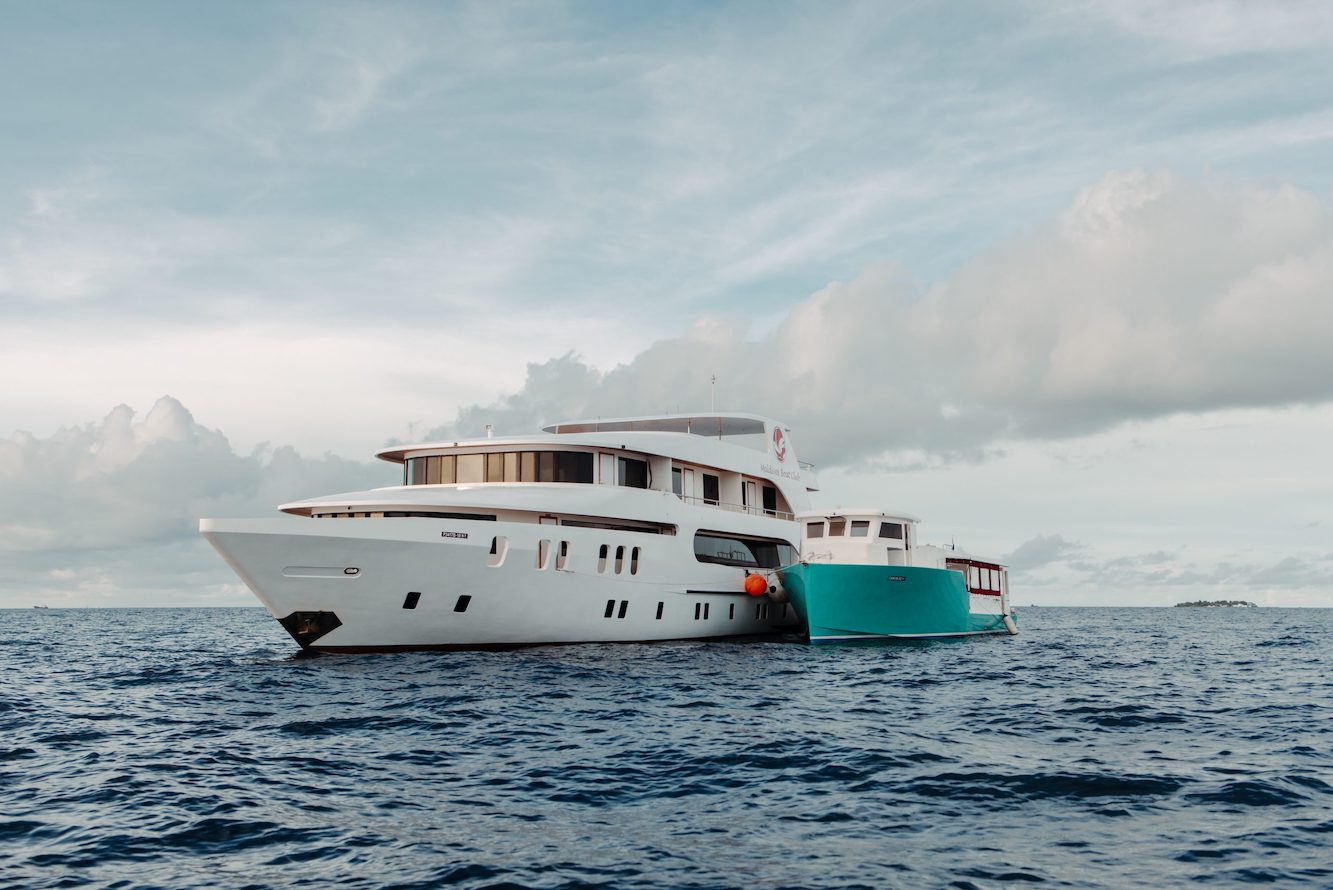
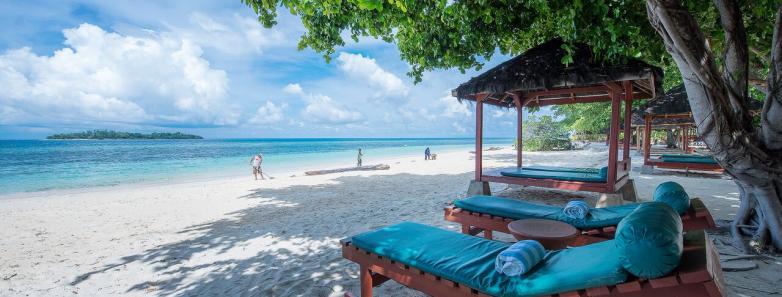
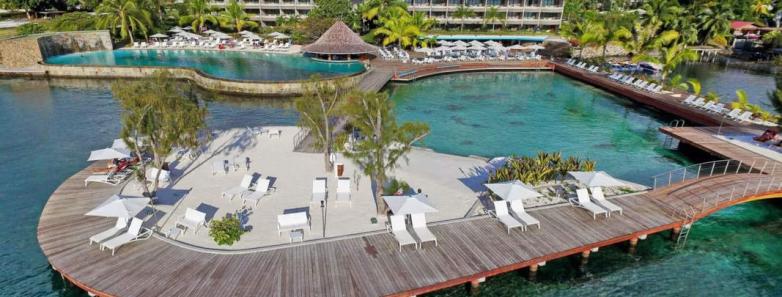
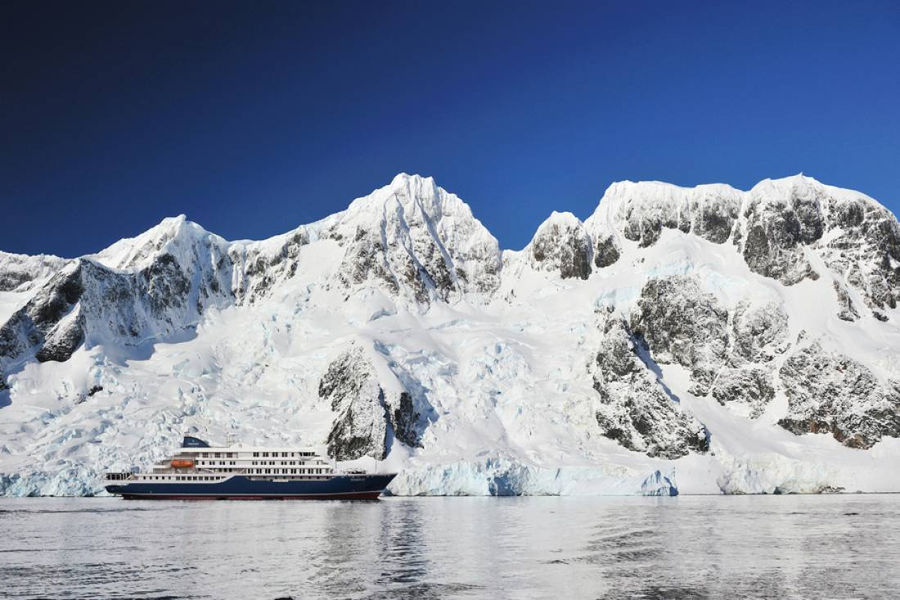


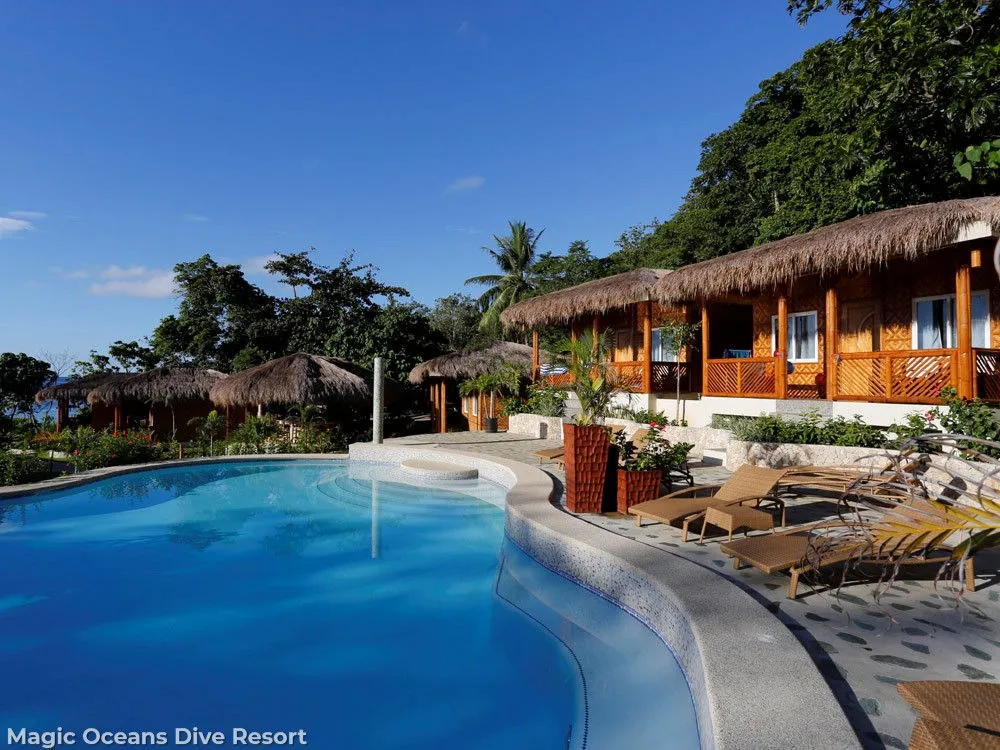
_800x544-optimized_1743009191.webp)

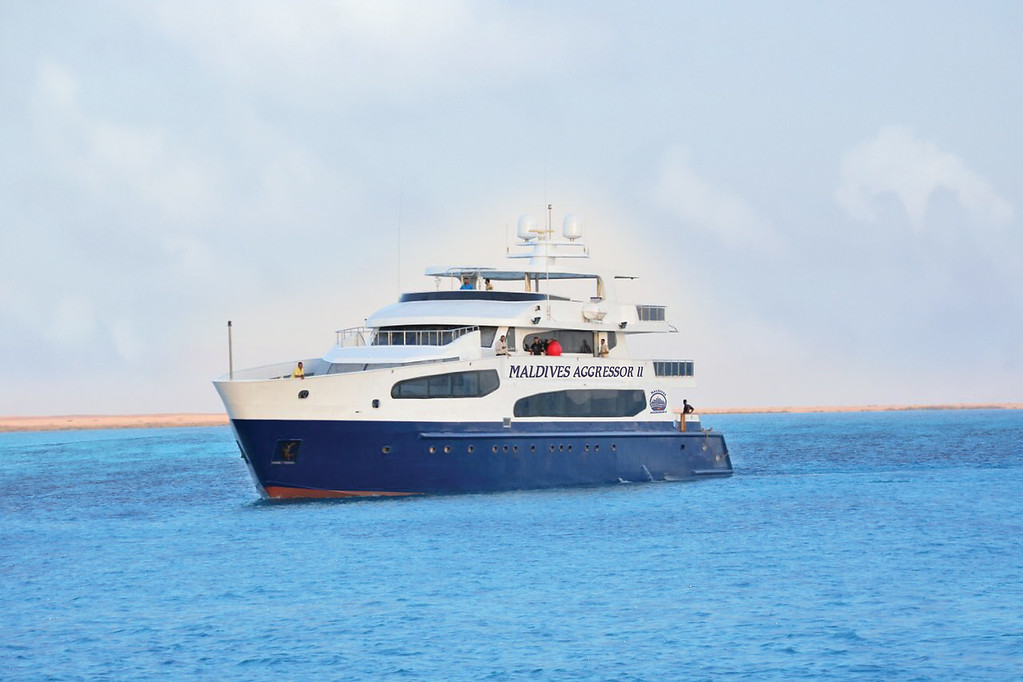
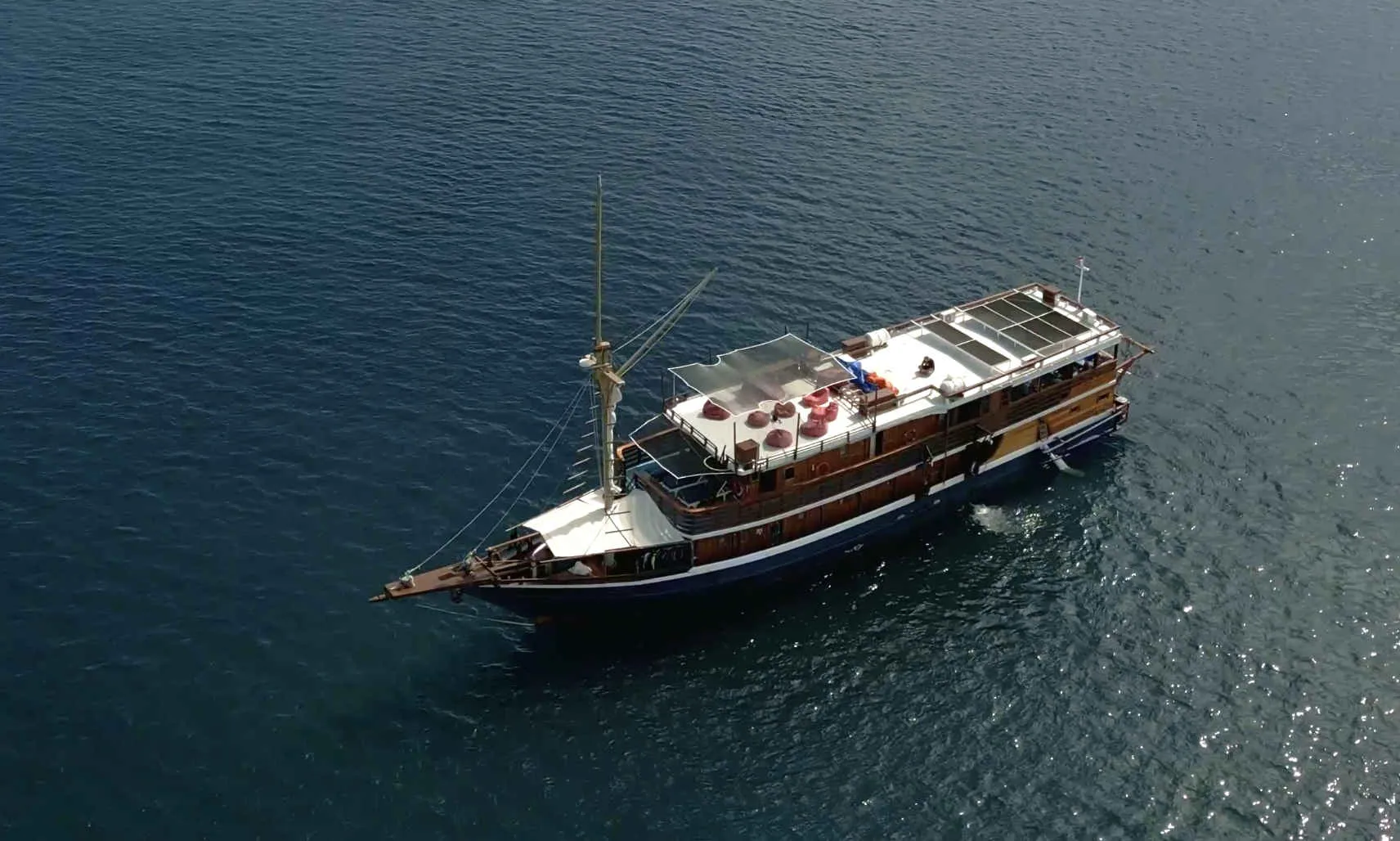
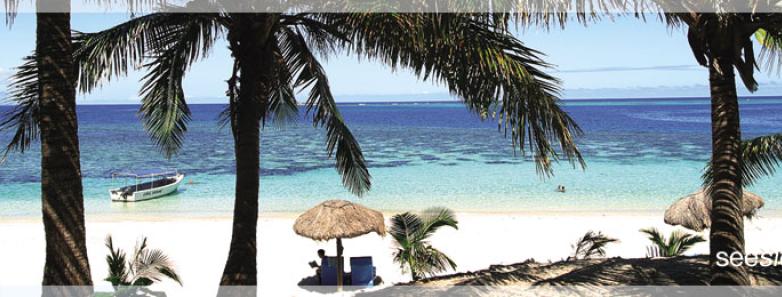
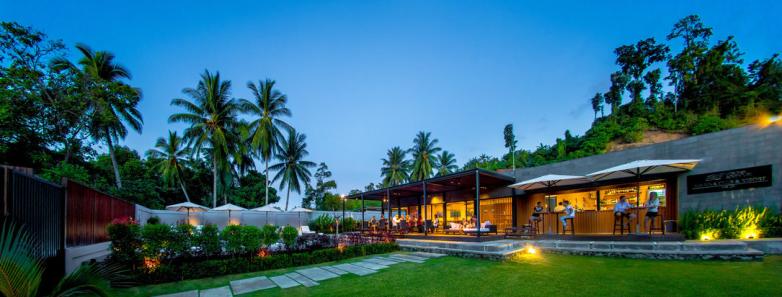
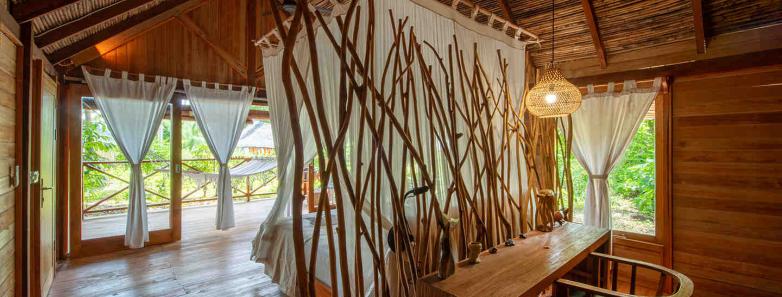
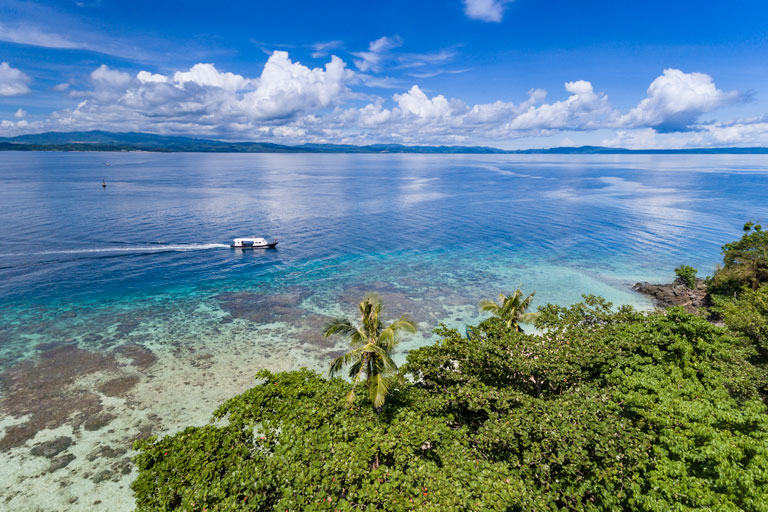
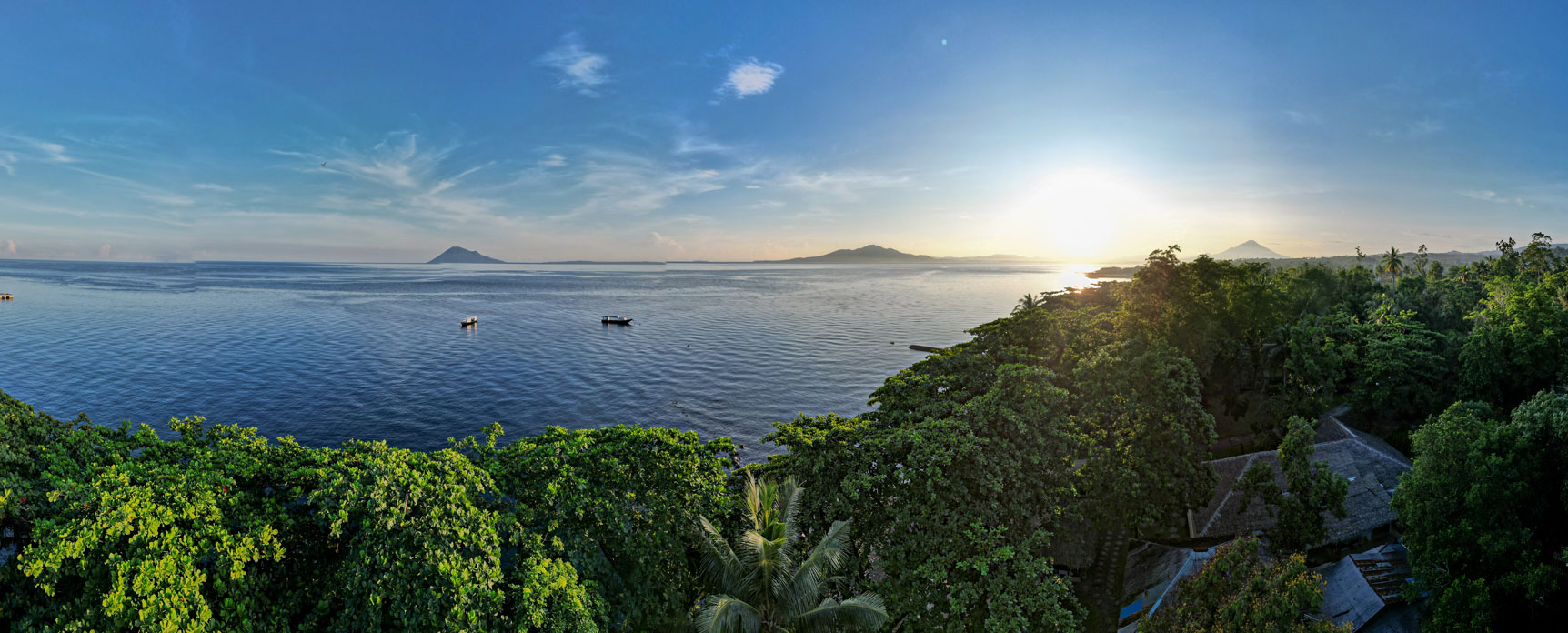
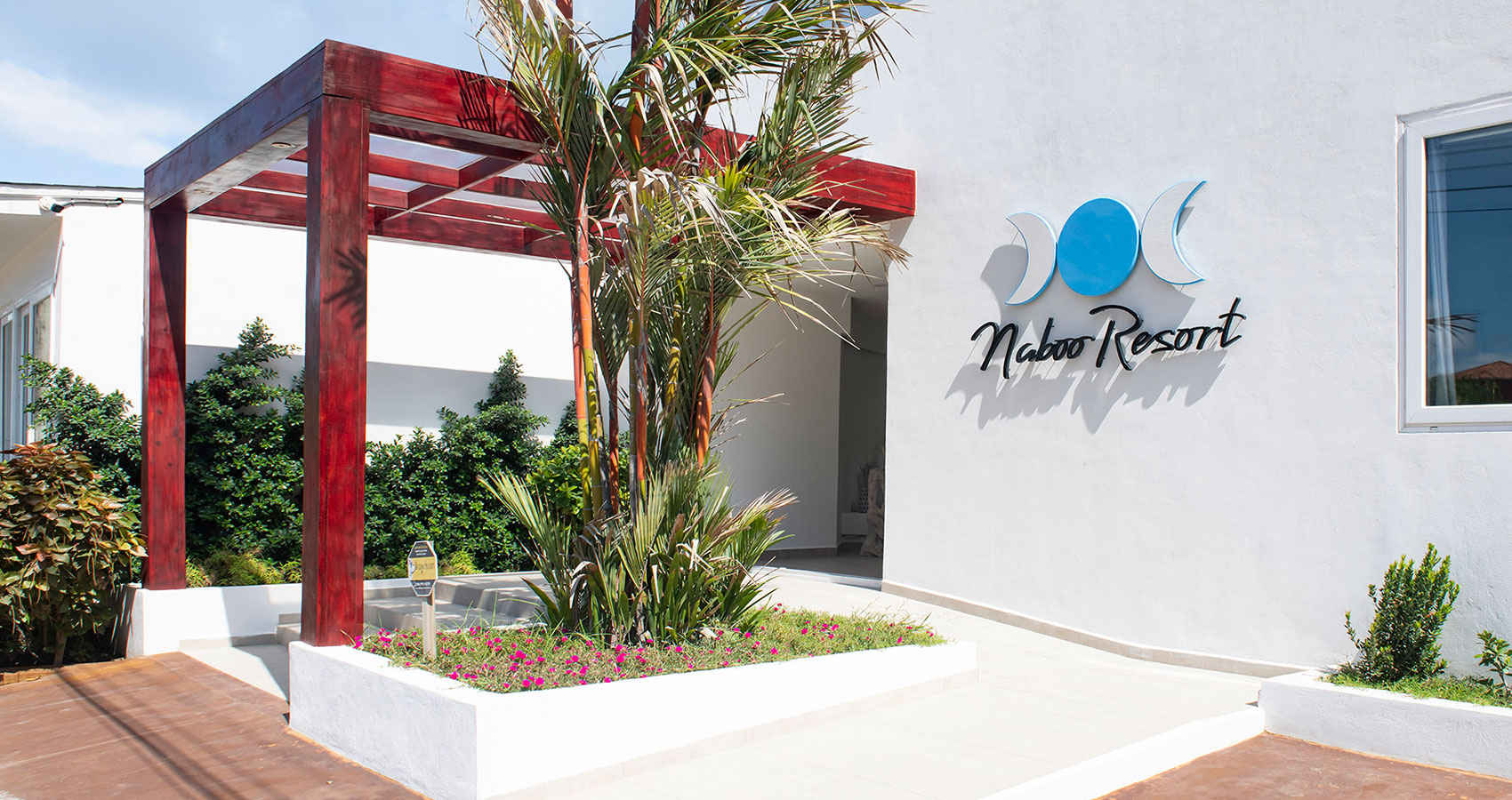
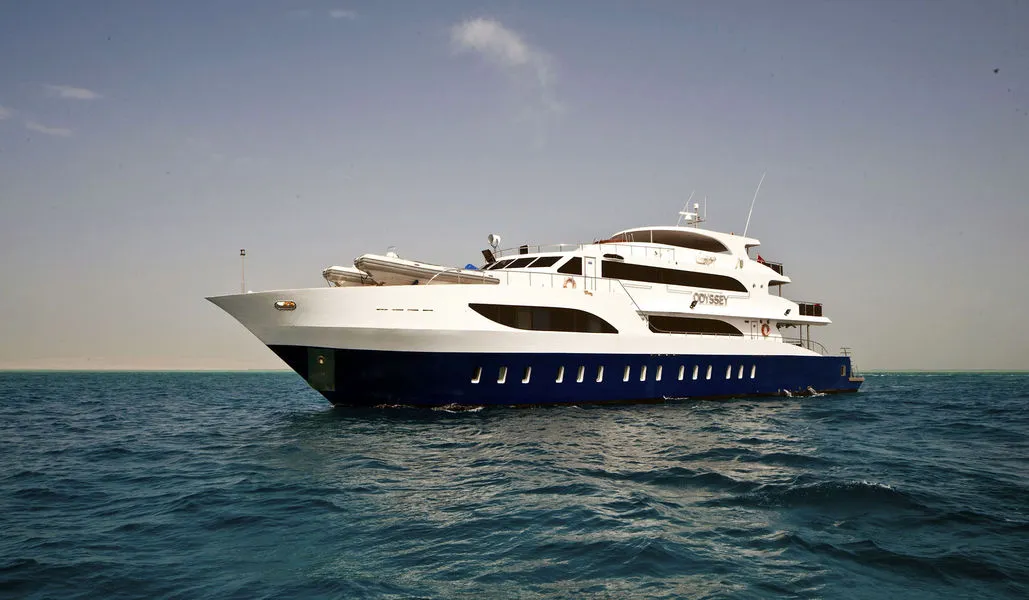
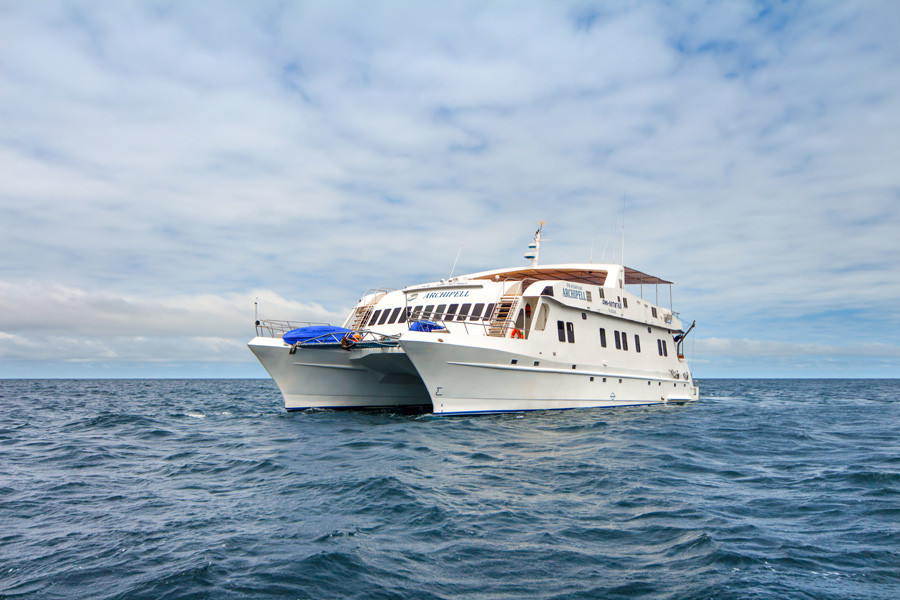
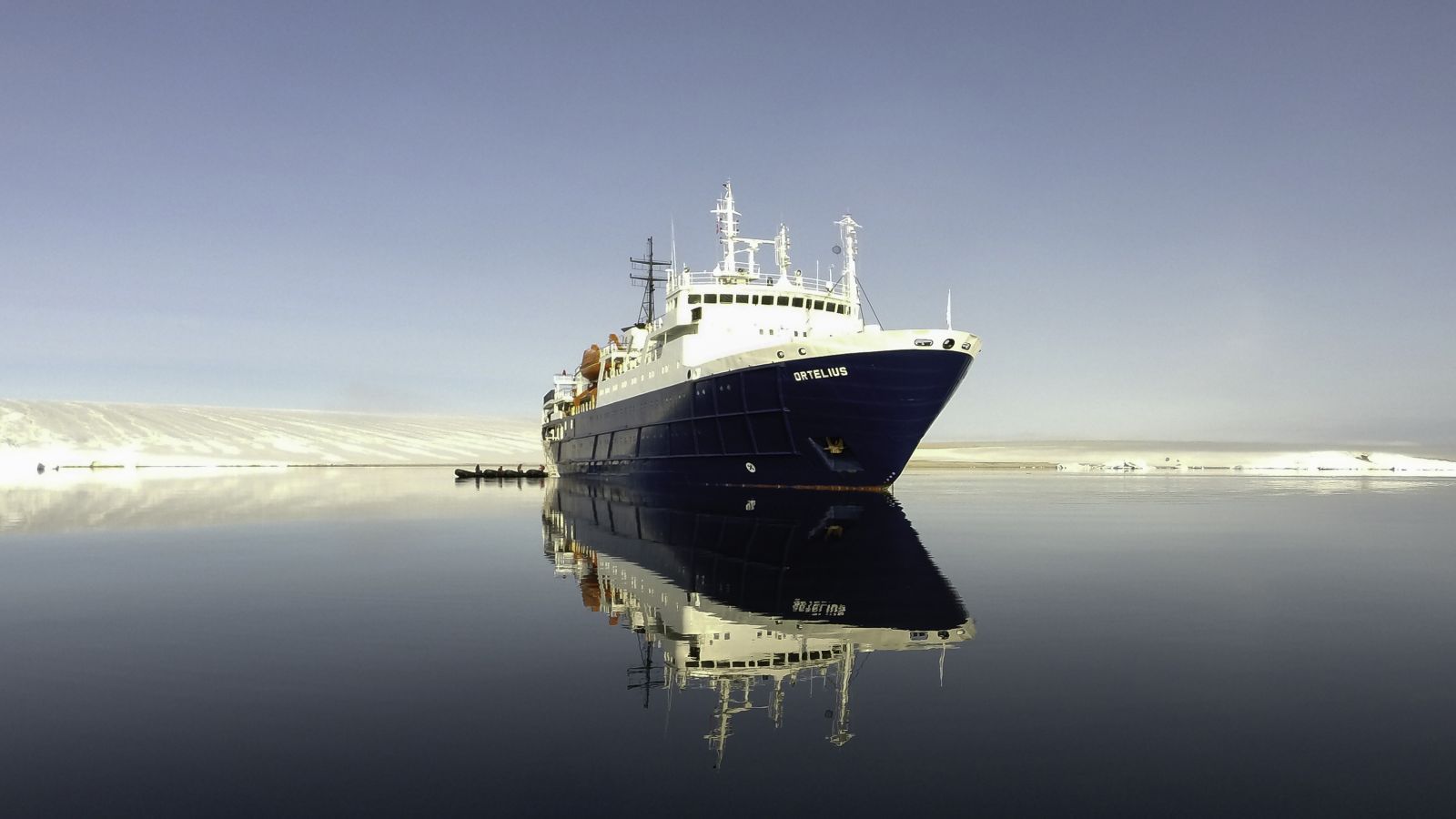
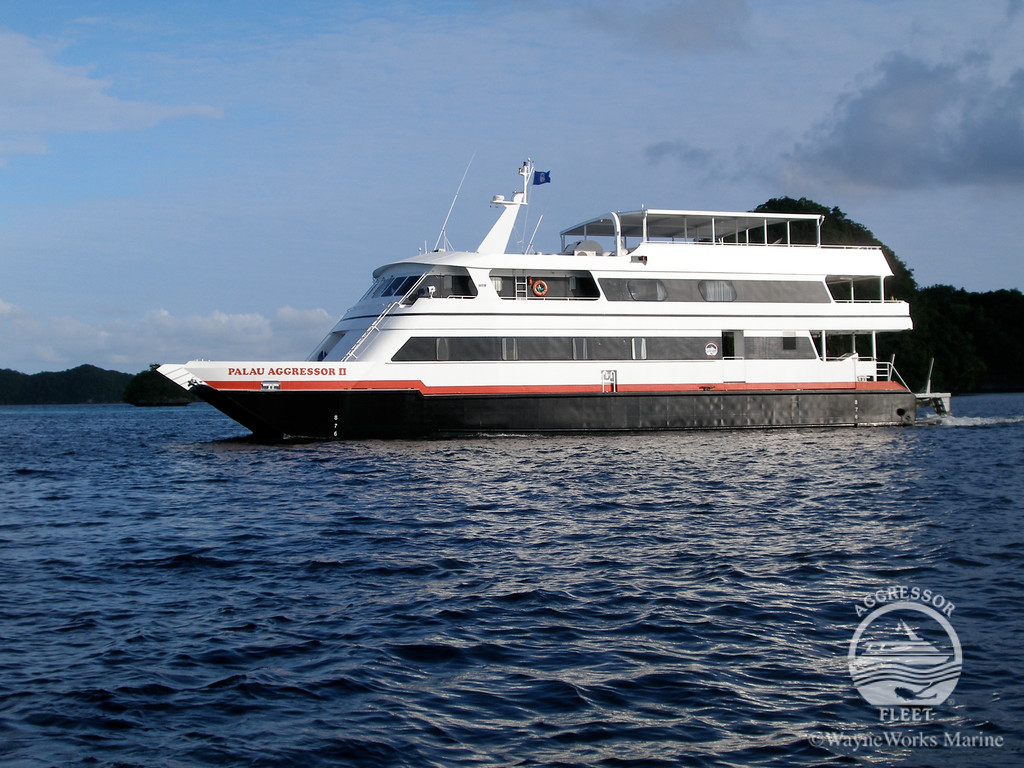
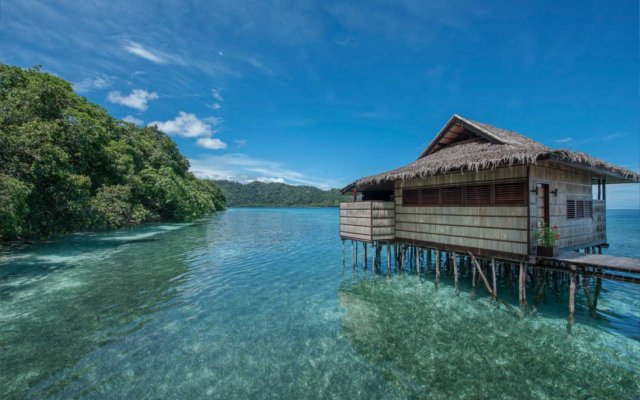
_Robert_van_Poppelen_Plancius_at_Booth_Island_3-optimized_1743203609.webp)


